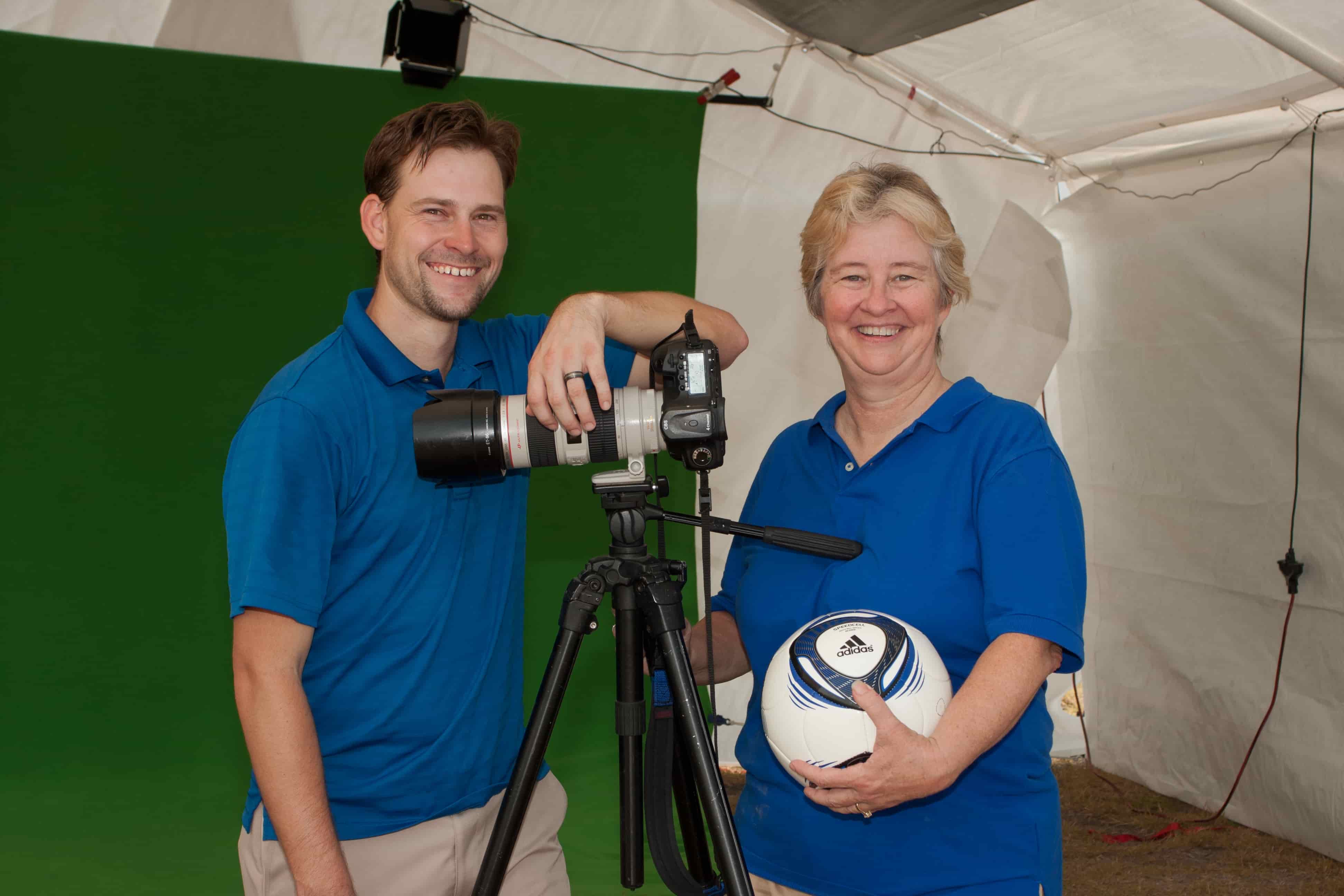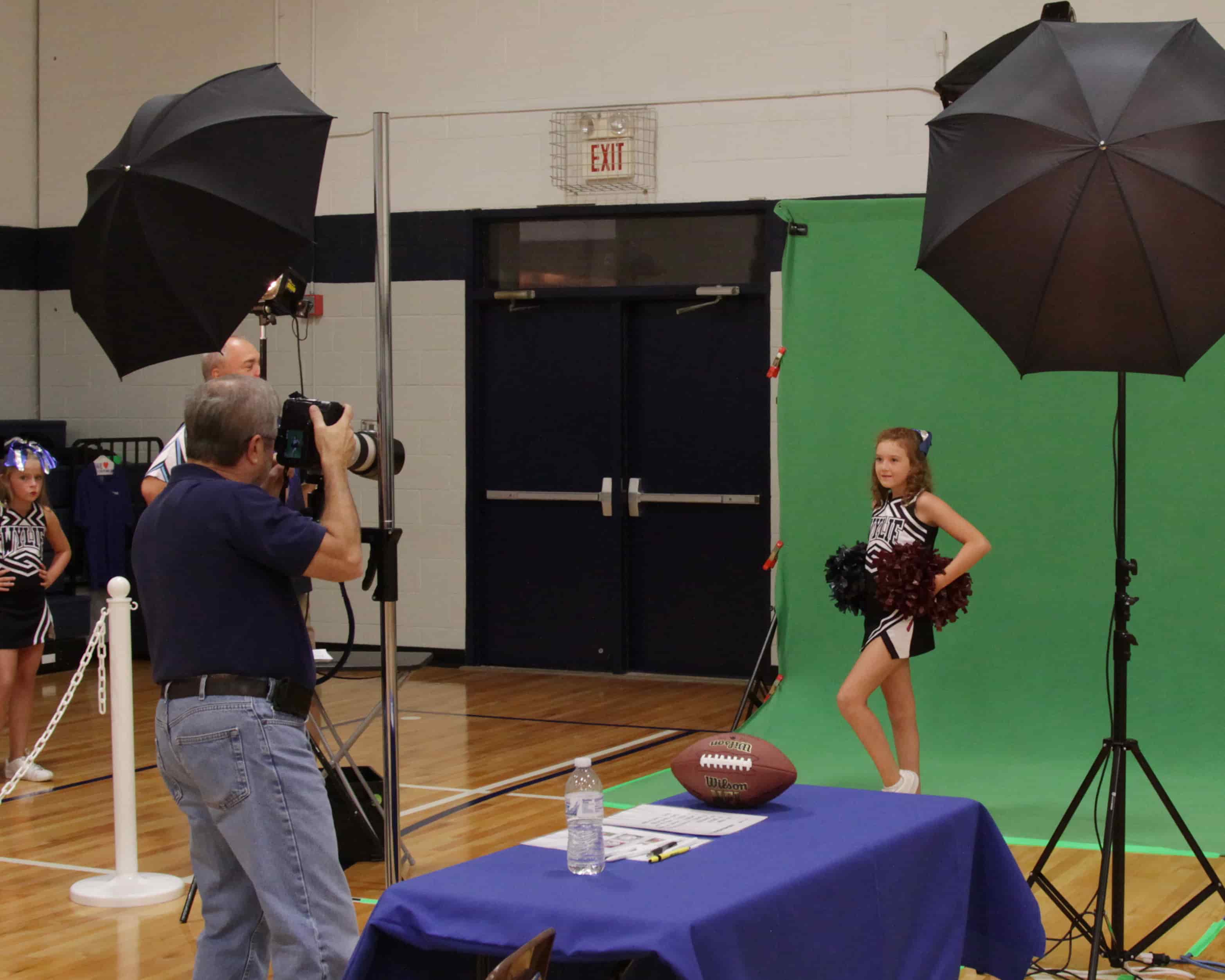3 Things I Wish I Knew When I Started My Photography Business
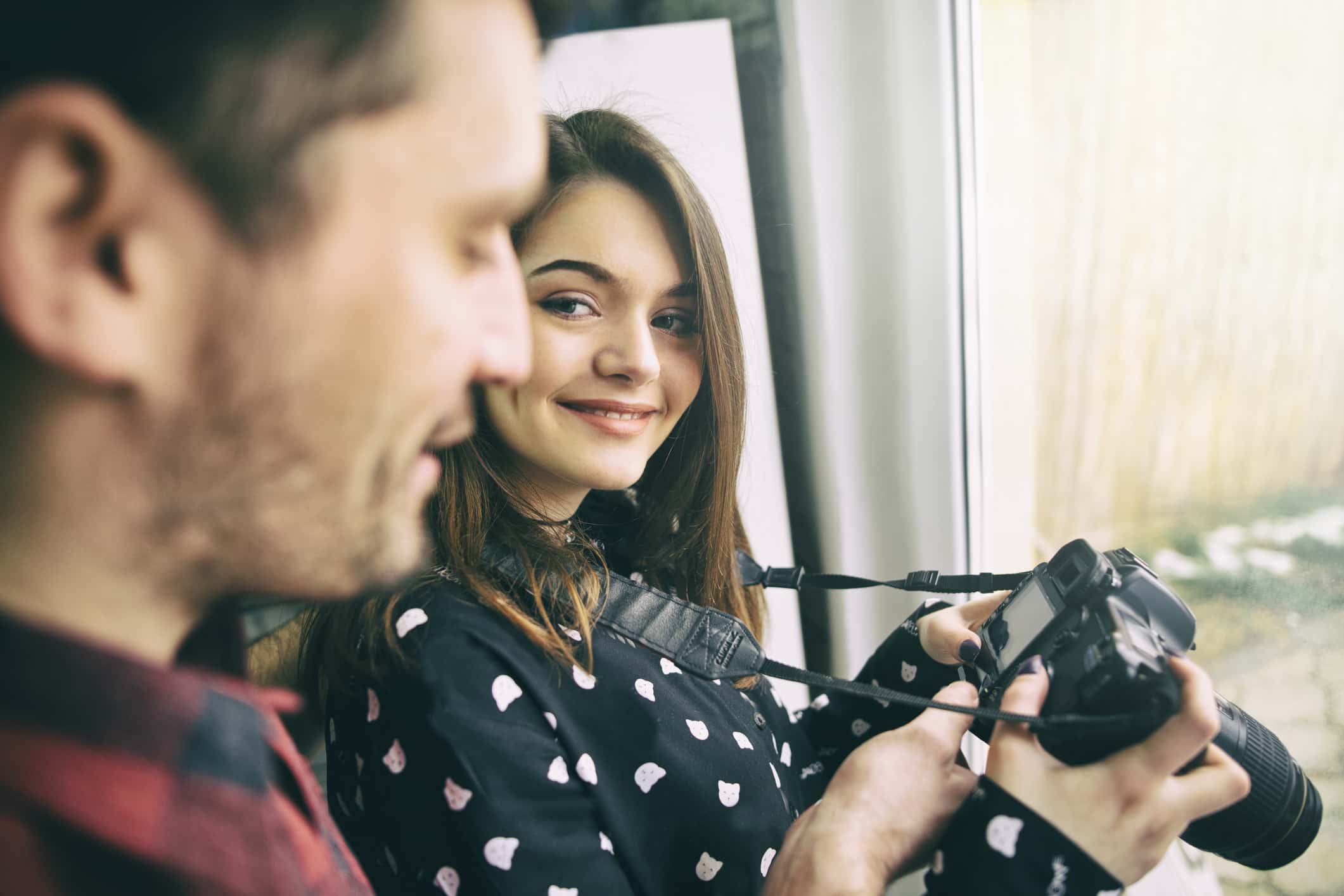
I've been at this photography thing for a while now.
And though I've gotten to the point that I have a successful business, that wasn't always the case.
In fact, there were a lot of stressful days (and nights!) when I wasn't sure if I'd made the right decision when I started my photography business.
I've made a lot of mistakes along the way - many of them totally unnecessary had I done a bit more planning and prep work.
But my mistakes are your gain!
Read on to learn three things I wish I knew when I started my photography business.
You Don't Have to Start From Scratch
When I started my business, I made the mistake of not exploring all my options regarding how to get it up and running.
I started out on my own, without anyone or anything to hold me back (or to fall back on, either).
And while it was nice to know that I was in total control of my destiny, it was still really scary to be out there on my own with so much money and time and effort on the line.
If I had my druthers, I would go back in time and tell my younger self to explore other options, like joining a photography franchise.
A franchise, you ask? Yep.
There's a lot to like about starting your business as a franchise:
- You get professional support to build a rock-solid business.
- You can get training to learn how to get comfortable being both a photographer and a businessperson.
- You can learn how to take all sorts of photos, from school photos to sports, family portraits to special events.
- You don't have to worry about creating a logo, a website, or handling any marketing.
When you think about it, a franchise makes complete sense...
Not only do you have a strong network of photographers and businesspeople to help you in every aspect of growing your business, but you also get to use the franchise's reputation to your advantage.
In other words, you aren't just some guy or gal opening shop, you're a professional photographer with an internationally-recognized brand name at your disposal.
And all that assistance and insight from other members of the franchise isn't a one-and-done deal, either.
Instead, you benefit from ongoing support as long as your doors are open. That means more customers, more often, over the long haul.
Think of a franchise as a safety net to help you when you need it, and when you're buzzing along doing great, the franchise will still be there to offer assistance.
Had I only known that I could set up my business quickly and easily, pick the brains of more experienced photographers and businesspeople, and learned how to offer all sorts of products and services, my journey to success in business would have been much shorter!
Learn more about photography franchises and how to start your own business.
You Need People Skills
I'm an extrovert, and I love meeting new people and learning about them.
That means that I'm well-suited for being in business for myself, especially as a photographer.
But when I started out in photography, it didn't occur to me until a few months into the venture that some people might not have the same people skills that extroverts like me tend to have.
When you're a photographer, it's not just about your artistic and creative skills behind the lens.
Instead, it's just as much about who you are and how you interact with others that determine your success.
In fact, you can be the most skilled photographer in the world, but if you come off cold, aloof, and unfriendly, it'll be difficult to attract new clients, let alone keep them.
Just like you work to make your clients look good in their photos, you need to have the people skills that make people feel good working with you as well.
It's certainly an easier task for some people than others, but with practice and experience, even they shyest of people can turn themselves into a skilled people person. To succeed in this kind of business, that's an absolute must!
Referrals are Paramount
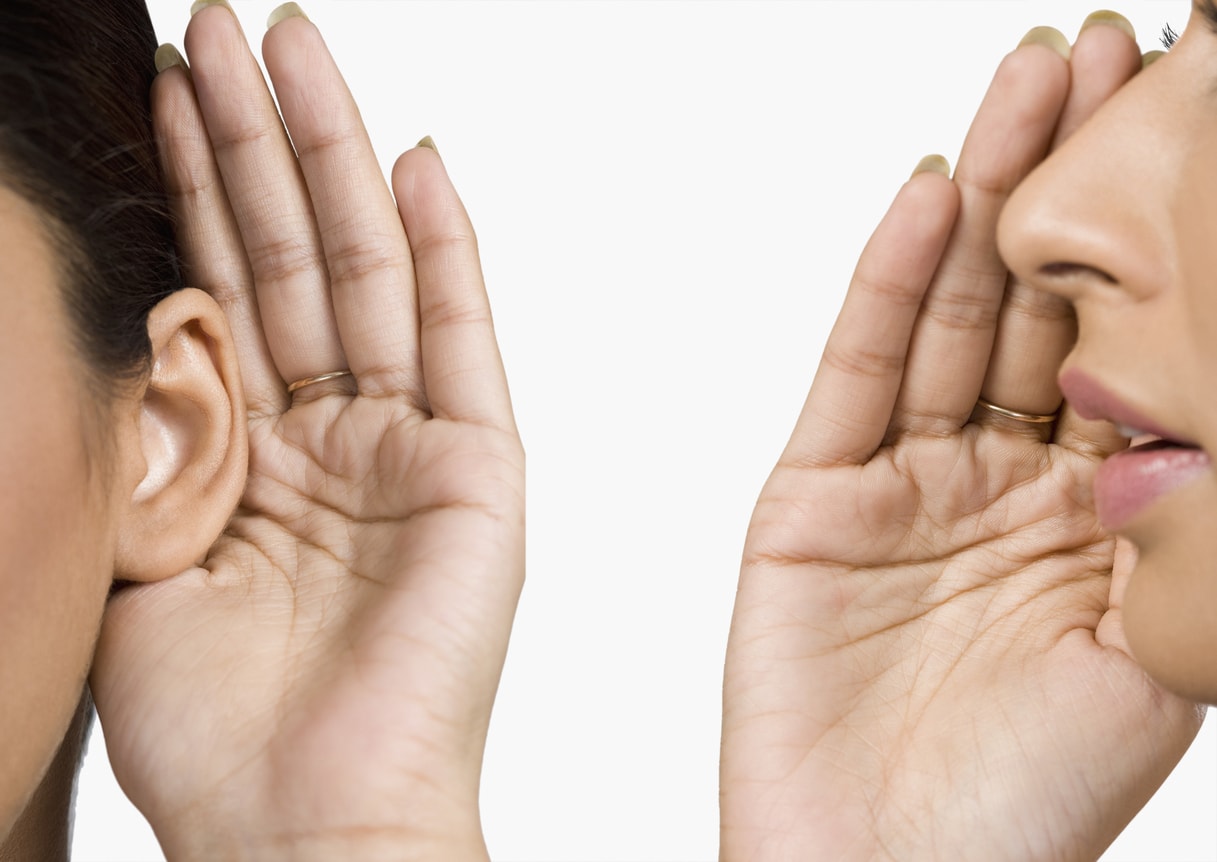
When I started my photography business, I spent a ton of time working on things like making awesome business cards and getting cool stationery with my business logo printed at the top.
I also paid someone a lot of money to build my website and do some social media things for me.
And then I figured out that though things like that are all necessary to a degree, I was going way overboard with those strategies and not focusing enough attention on the biggest money maker: referrals.
The family whose portrait you take today can turn into two, three, four, or more families that call you to take their family photos, assuming that you deliver a quality product and offer the kind of customer service that gets people talking about you in glowing terms.

A referral from a happy client is worth its weight in gold and could prove to be the single most important type of marketing you do.
After all, people trust the experiences of their friends and family far more than any ad or Facebook post you could put out there.
That's why being a people person is so important for your success.
Likewise, that's why pursuing a photography franchise is such a smart decision because the branding and the reputation are already established for you.
In that regard, a franchise and having people skills are the tools by which you can get the best kind of marketing for long-term success - referrals!
We Recommend
A Photography Franchise vs. "Going It Alone" for Starting a Photography Business
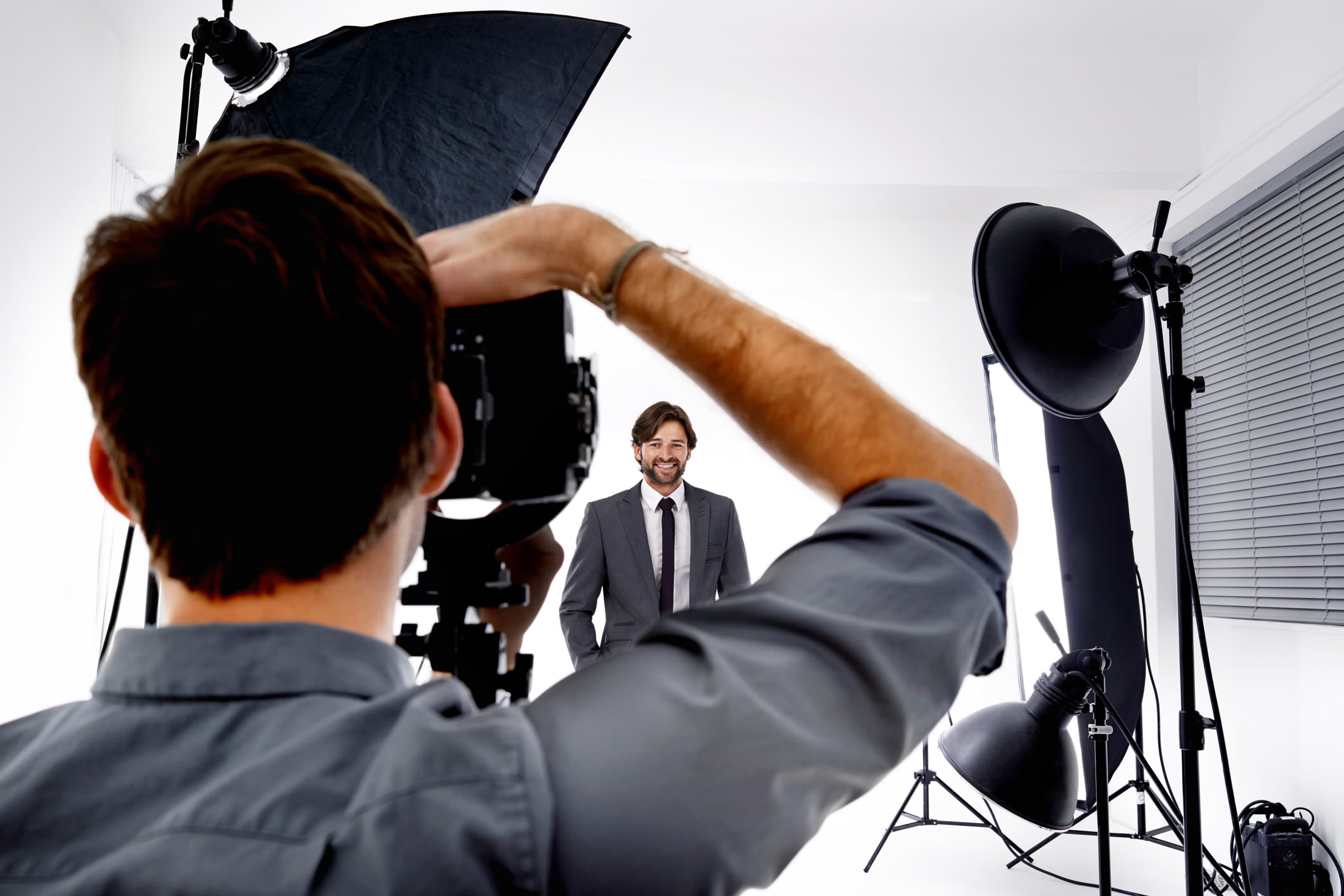
If you've ever thought about starting your own photography business, I'm willing to bet that you've done a little investigating regarding how to get started.
One of the best things about photography is that it's so accessible, and that means that just about anyone can start their own photography business.
Of course, there's a lot involved in starting a business, and there are strategies for doing so that are better than others.
Two popular alternatives are opting to buy into a photography franchise and just starting your own business on your own.
The question is, which method is right for you?
Building a Business With a Franchise
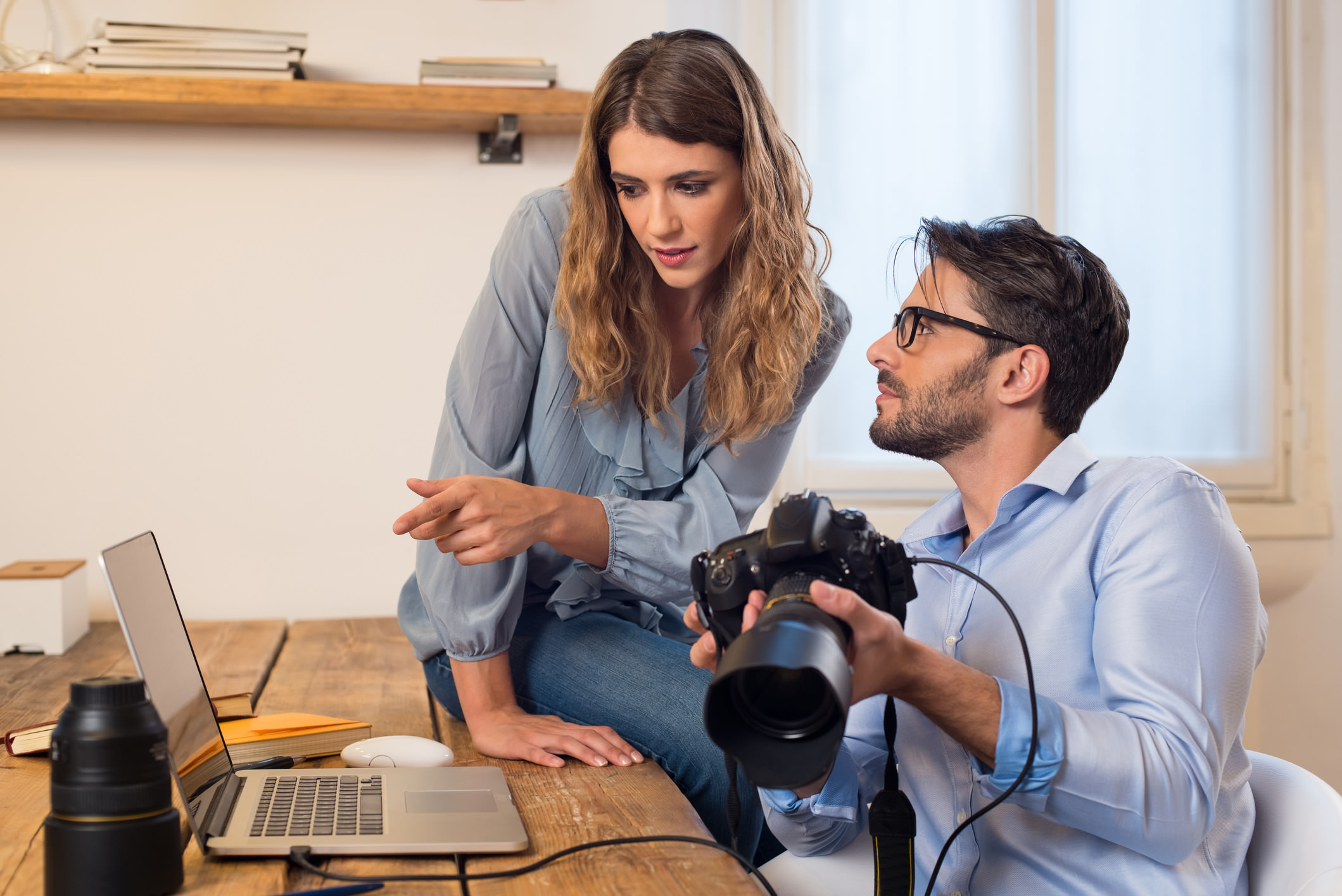
Perhaps one of the easiest ways to start a photography business is to go the franchise route.
The great thing about a franchise is that a lot of the hard work is already done for you.
For example, PortraitEFX, one of the fastest growing photography franchises, offers highly specialized training so you can get comfortable shooting profitable, high-volume photos like school or sports league pictures, dance studio pictures, and so forth.
Franchises have a proven business model, so there's no trial-and-error or wasted time. That means that right from the start, you have the professional support you need to build your business on a solid foundation of photography skills and management know-how.
What's more, by working with a franchise, you get the benefit of having a team of photography business experts to help you along the way. Franchises like PortraitEFX have management teams that are comprised of highly experienced photographers with the business acumen to build and market a successful brand. That's a great resource for you as you build your business.
Speaking of branding, when you opt to buy into a franchise, there's no worry about logos, websites, marketing, and so forth. You get to use an already established brand with name recognition and credibility to build your customer base in your area. That translates into more customers and faster!
PortraitEFX even allows you to co-brand your unique business name with theirs to provide you with the best combination of local identity with national branding.
That means you can draw support from a nationwide network, or, in the case of PortraitEFX, an international network of photography businesses to help you get your foot in the door and establish a thriving photography business locally.
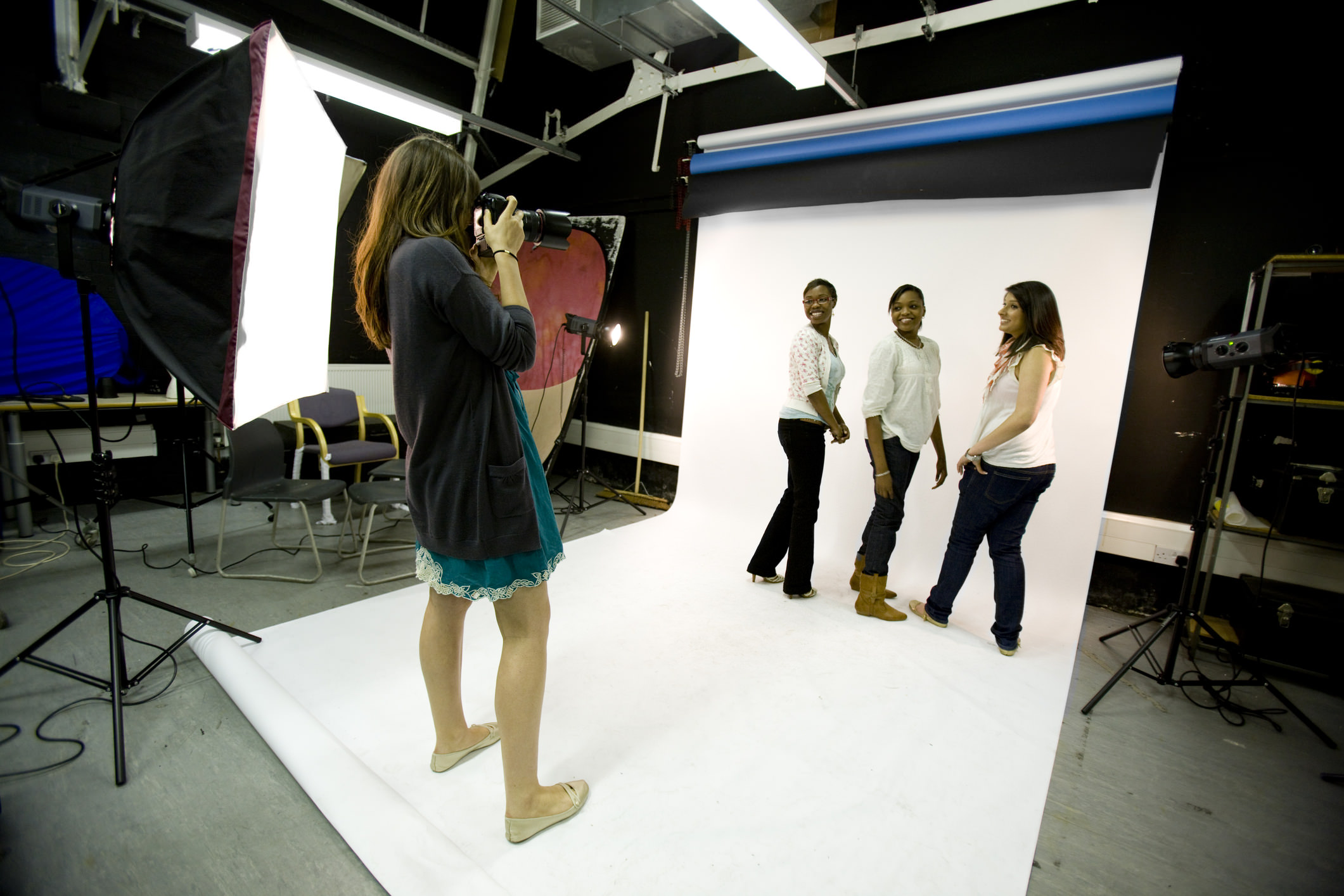
But that's not all...
Going with a franchise means you not only get the support up front to get your business going, but you also get ongoing support to help your business grow.
Whether it's ongoing education to stay on top of the latest best practices in photography, operational assistance for your business operation, specialized software to help with photography and business tasks, or something in between, photography franchises are there to act as a safety net and as a guide for you so you have a better shot at success.
Better still, franchises like PortraitEFX give you plenty of options regarding products and services.
You can choose to offer school pictures and senior portraits, family portrait sessions for church directories, take photos of sports teams, photograph preschool-aged children, and provide portrait, wedding, and special event photography too.
Best yet, franchises like PortraitEFX often have specialized workflow processes that can significantly reduce time-consuming post-production work, giving you more time for yourself.

In other words, a franchise helps set you up for success because the groundwork for building a business and sustaining it is already in place. That means you can focus more on the creative elements of photography and worry less about the developing the business.
The Biggest Detriment: A franchise means you're buying into an existing system, so you have to invest money to become a franchisee and continue to pay certain fees to keep your franchise. If you want total creative freedom and control, a franchise might not be for you.
The Biggest Benefit: In terms of ease of setup, getting brand recognition, and having up-front and ongoing support for your business, it's tough to beat a photography franchise like PortraitEFX.
Learn more about starting a photography franchise.
Going It Alone
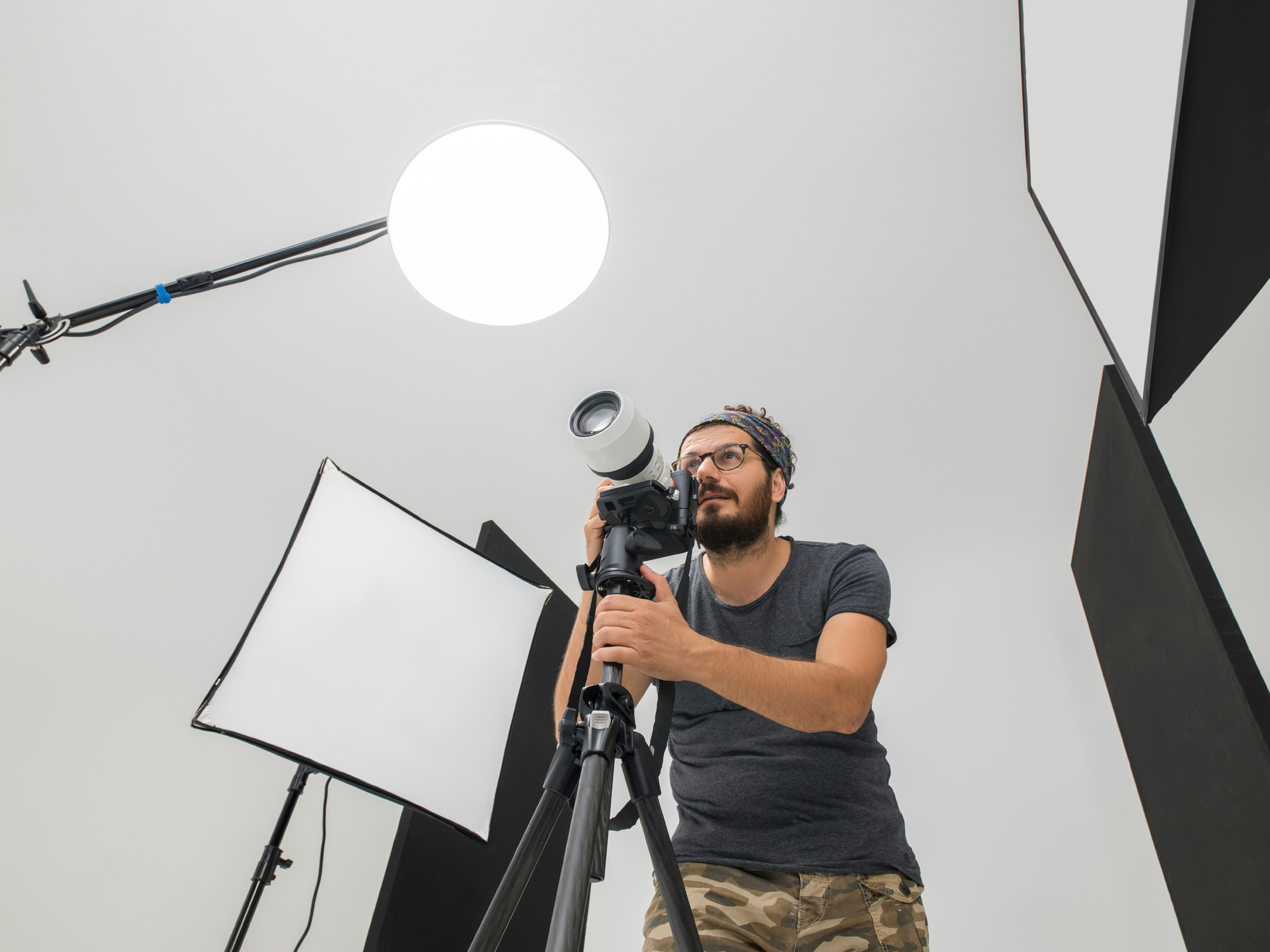
For a lot of photographers, the dream is to build something of their own, to be their own boss and have complete freedom regarding how the business is run and the type of photography that's undertaken.
The great thing about going it alone is that you have all that control - there's no one to tell you what to do or how to do it.
What's more, going it alone means you can grow something very organically. Without the restraints of working for someone else or following someone else's guidelines, going it alone might be the least expensive way to get your photography business started.
This is a particularly interesting strategy for someone that's already got the photography chops and a bit of business know-how. Armed with the right kind of training and information, you might just be able to make a go of it as a photographer working on their own.
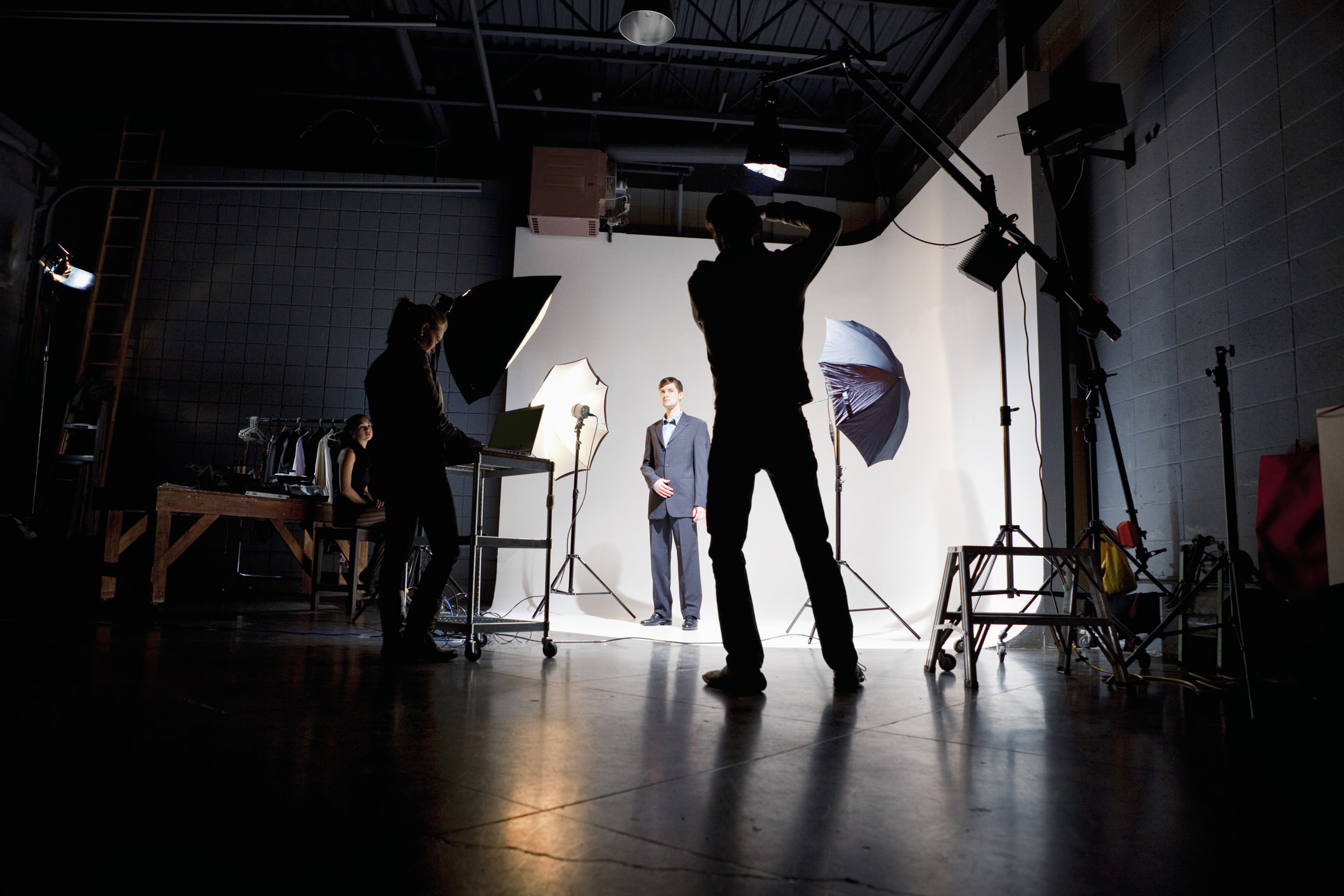
Of course, that freedom comes at a price.
By going it alone, you're not just on the hook for all the day-to-day tasks of being a photographer and business owner, but you're also on the hook for all the expenses.
That means that if something goes wrong, it can go VERY wrong and you might find yourself in a tough situation. You pay all the costs of making mistakes out of your pocket.
The point is that you assume all the risk when you go it alone, especially if you aren't much of a business person to begin with.
For me, that's probably the biggest point to make here - we photographers are a creative bunch, and sometimes, creative folks aren't all that great at detail-oriented, right-brained sorts of tasks that are so common in business.
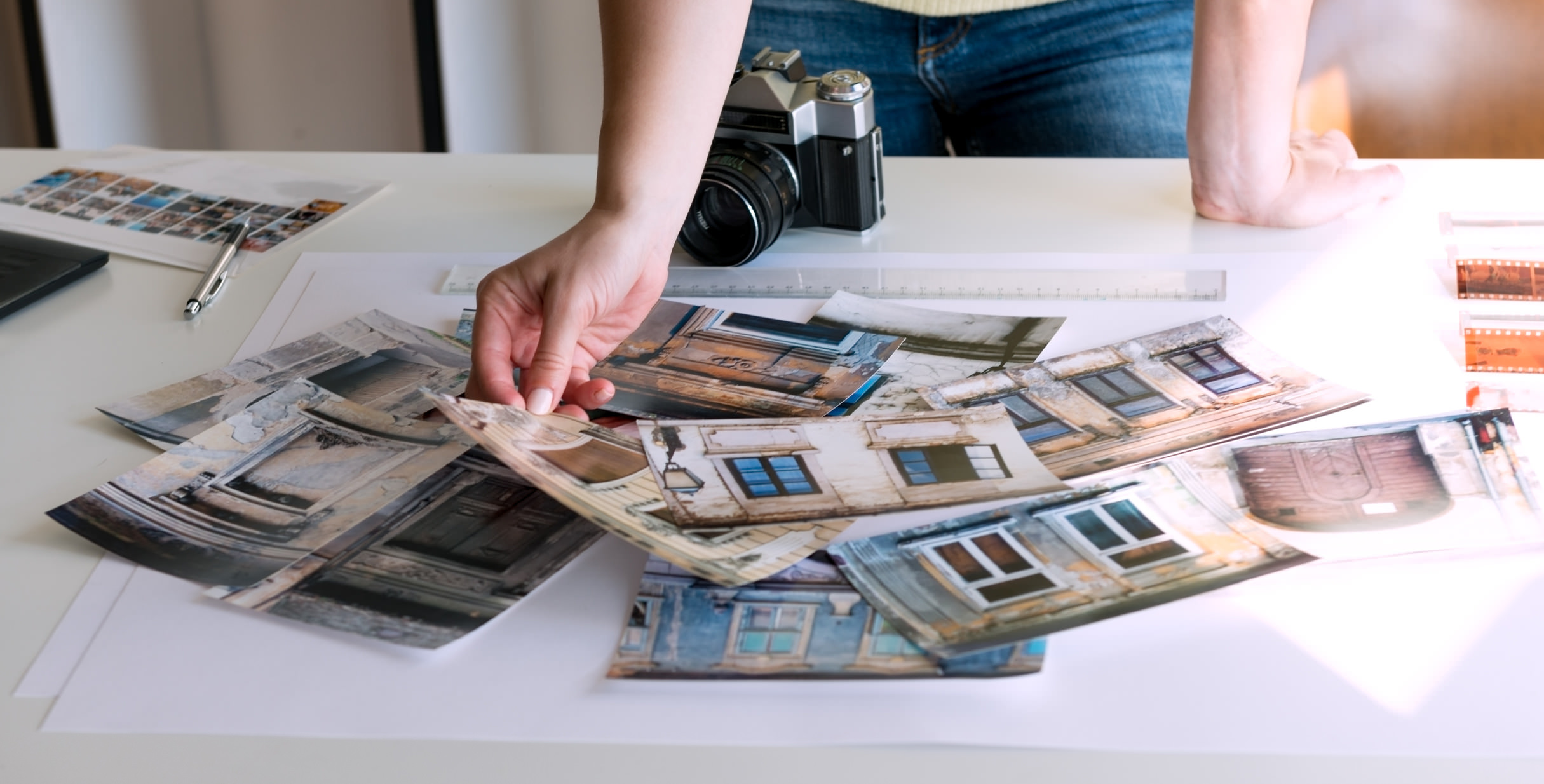
Now, that doesn't mean that all creative types are terrible businesspeople, nor does it mean that all businesspeople aren't creative. The point is that even if you have the photography know-how, you still need to have a solid understanding of business and marketing to make a "go it alone" approach to building a business actually work.
The Biggest Detriment: Taking a go it alone approach means you assume every bit of risk, from the financial obligations that come with building a business to tackling the day-to-day activities of running a business.
The Biggest Benefit: You have total and complete creative freedom and can do whatever you want with your business.
In the end, if I were to start a photography business, I'd opt for the franchise option. It's just a simpler way to get things started and minimizes the risks involved in becoming a photographer.
What's not to like about that?
We Recommend
Advanced Photography Tips for More Professional-Looking Photos
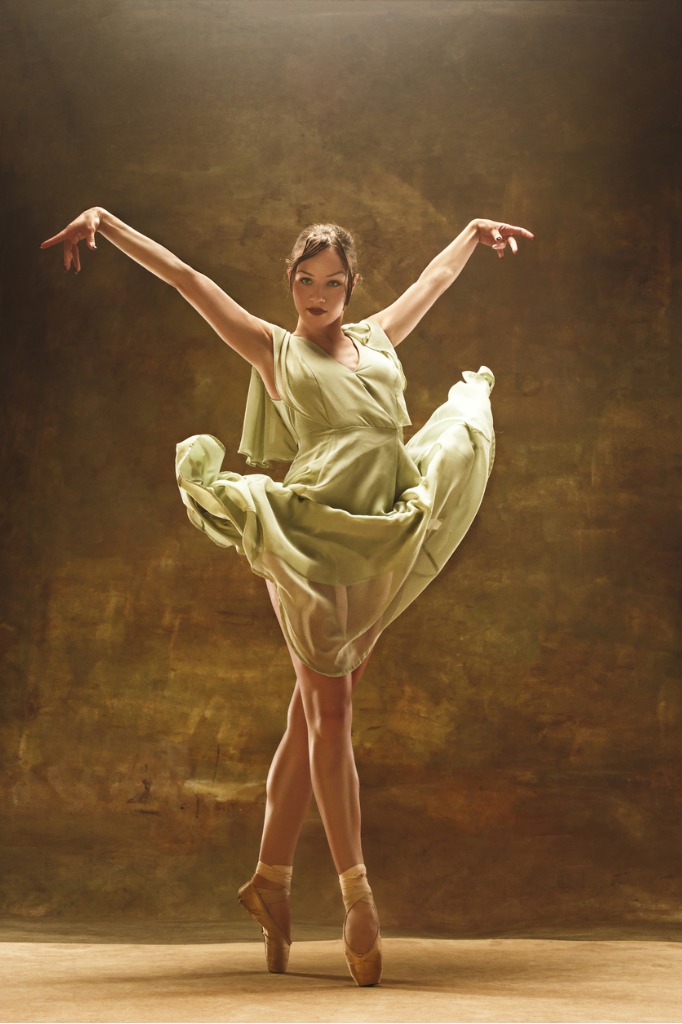
photo bymaster1305 via iStock
I get to talk a lot about beginner photography tips in this blog, but I don’t frequently get to talk about advanced photography tips. This is mostly because I’m always concerned with bringing more readers in, since there are constantly new photographers, but it’s also because it’s just easier. A lot of advanced photography tips aren’t short and sweet like beginner photography tips are.
But, over the years, I do feel like I’ve collected plenty of advanced photography techniques, many of which don’t really take that much practice. For the most part, a lot of my advanced photography tips just take patience. I think that as you get better at photography, and you stop focusing on the technical aspects of your photos as much, you have a lot more freedom. But, this freedom just takes patience because you’re then looking for photos that really speak to you.
All of the advanced photography tips in this article are tips you could try out today, and I think that all of them will teach you how to get professional-looking photos.
Don’t Be Afraid to Use More Black Colors
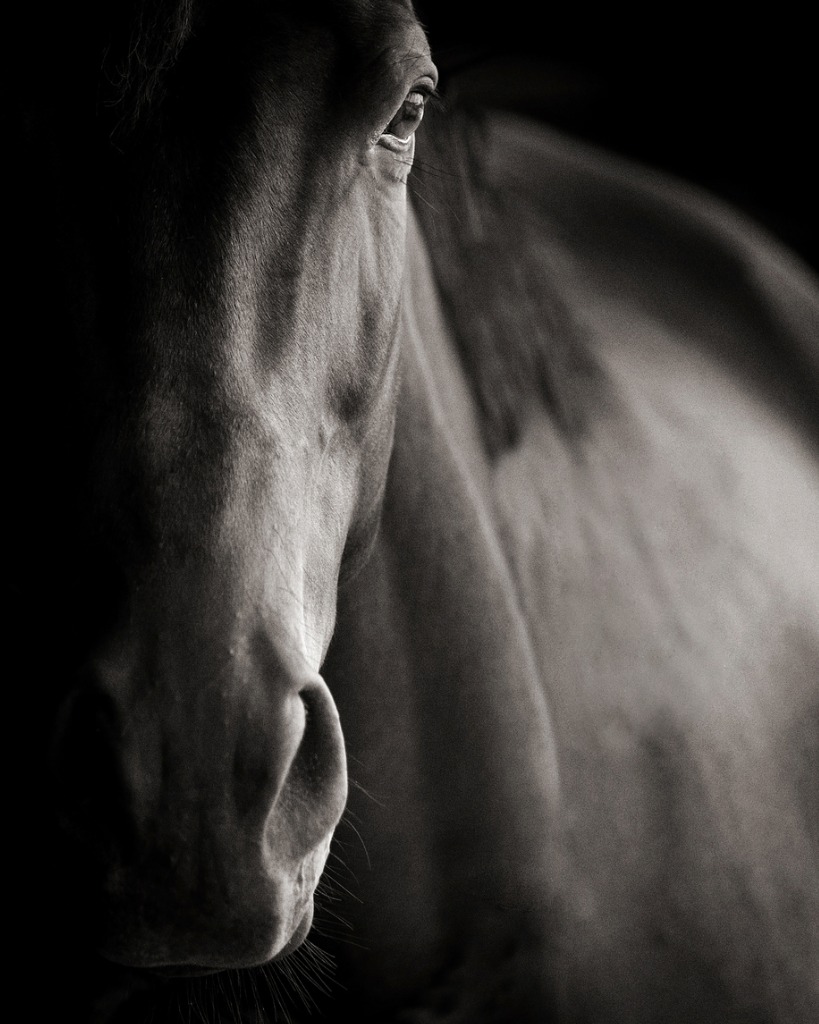
photo byChristine Navarre via iStock
I recently did a review of the Leica M10 Monochrom camera. If you aren’t familiar with it, the whole selling point of it is that it only takes black and white photos. But, unlike some other gimmicky cameras that do the same, it takes absolutely exquisite black and white photos.
I can’t really decide where I personally land on the Leica M10 Monochrom. I think it’s a really fascinating idea and I would be willing to try it, but for the thousands and thousands of dollars it would take me to buy it, I sort of think I’d be much better off buying two or three different cameras.
However, black and white photography obviously has merits, or Leica would have never come out with this camera in the first place. While I’m not recommending that you strictly shoot in black and white, I am recommending that you learn to use deeper blacks in your photos.
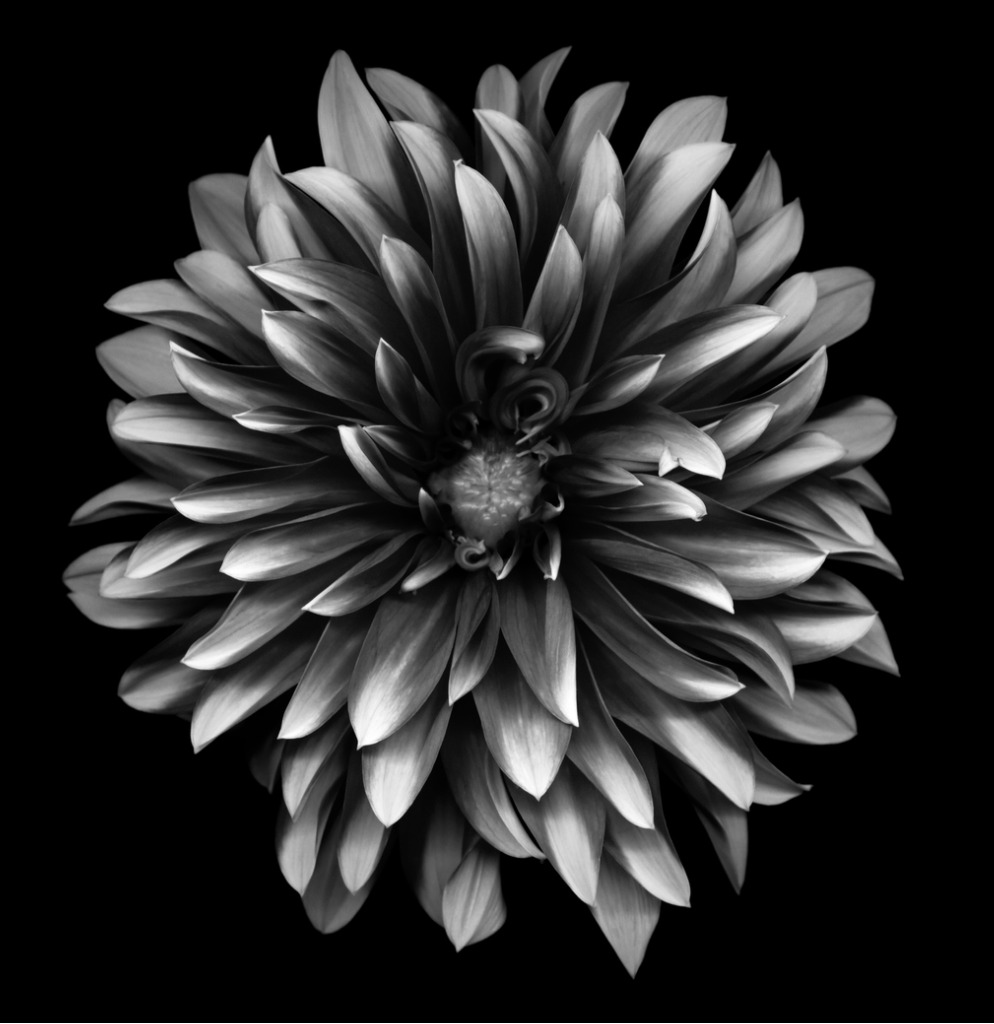
photo byOGphoto via iStock
I recognize that when you do this you’re going to lose a lot of the detail of your image, but sometimes this sort of white noise is exactly the thing you need to make your images look far more professional.
And this is one of the simplest advanced photography tips in this article because you can do a lot of the work in the editing stage.
For instance, you can take an image like you normally would, focusing on the portions of the image that you would like to be deep black, and then take that image into Lightroom. There you can enhance those shadows and blacks for a more dramatic look.
Frame Your Subjects
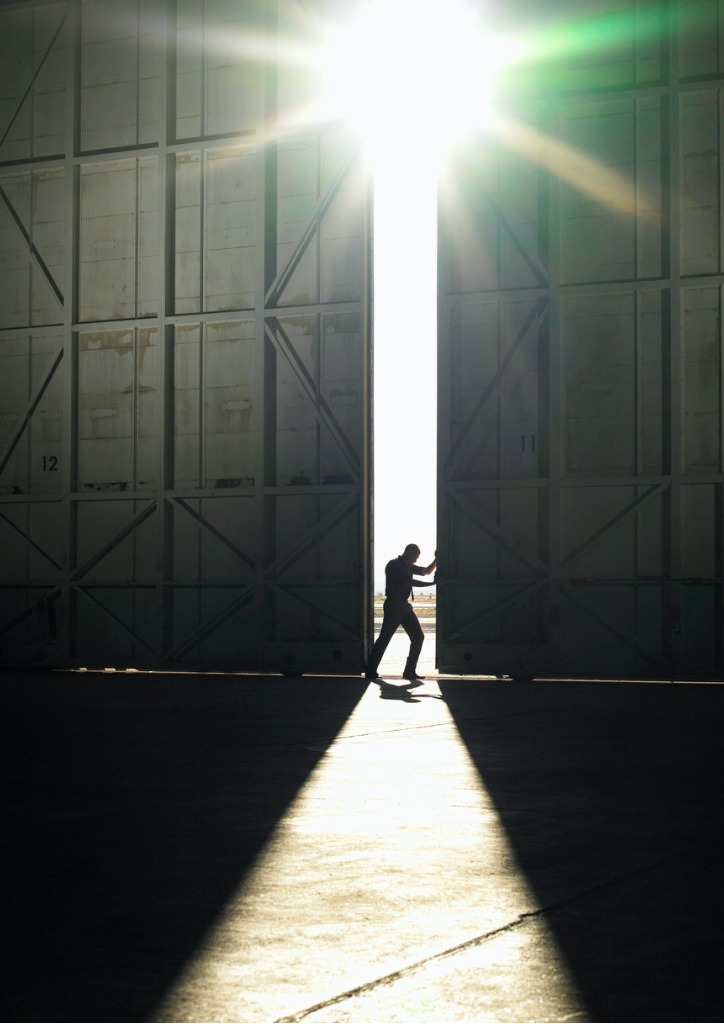
photo byRyan McVay via iStock
I got the easiest tip out of the way so that I could get you to read the whole article, but as I mentioned, a lot of advanced photography tips are about nothing but patience and this is one of them.
Instead of chasing subjects down, as you normally would, you can find the backdrop of your photo and wait for a subject to come to you. This technique is something that wildlife and street photographers do quite often, but the rest of us can learn from them.
In order to try it out, all you need to do is find a backdrop that a subject will likely have to interact with. That could be a window leading out into an alleyway, a door, a small hole in the wall that might attract a child...it can really be anything.
Then, set up your camera in front of your frame and wait for a person to walk by. I promise that it will be one of the more natural shots you’ve ever taken.
Learn More:
Use Stories

photo byskynesher via iStock
I’ve talked about this a couple of times, but my photography mentor was a photojournalist and I think I learned a ton from him. But, my favorite tip was to chase down stories with my photography.
Any level of photographer can take a good photo with excellent composition, just by following some basic rules of photography, but it takes a really great photographer to tell a story with their image.
Before you ever take a photo, make sure that you know exactly what you want it to say. What is the feeling you want to convey? What emotions do you want the viewer to feel?
I’m not saying that you need to sit down and storyboard every photo you take. However, focusing on what you want your image to say will help you create more impactful images.
Get Professional Prints Made

If you’ve ever tried to learn how to print your photos, then you know just how frustrating it can be working with a home printer. The image quality is never where you want it to be and the colors always seem a little off. I’ve wasted hundreds of dollars on home printers before, but I always end up going to see the professionals.
By getting your photos professionally printed, you’re better able to show them off to the world. When you go to a printing studio you also get the option of printing your photos on different surfaces.
For example, I get a lot of my photos professionally printed at Artbeat Studios because they offer canvas, acrylic and metal prints.

If you’ve never had the chance to see your work on any other medium than paper, then I highly recommend you either opt for a metal or acrylic print because they make the colors in your photos jump off of the wall at their viewers.
Plus, metal and acrylic prints are surprisingly cheap with Artbeat Studios. You can get a metal print for as little as $26 and an acrylic print for as little as $69. That’s an investment I’m always willing to make because that is a very small price to pay for a fantastic, high-quality print!
Learn More:
- How to Create Heirloom Portraits
- 5 Photography Decisions That Can Make or Break How Your Image Looks
We Recommend
Crucial Photography Business Tips That Will Help You Find Success
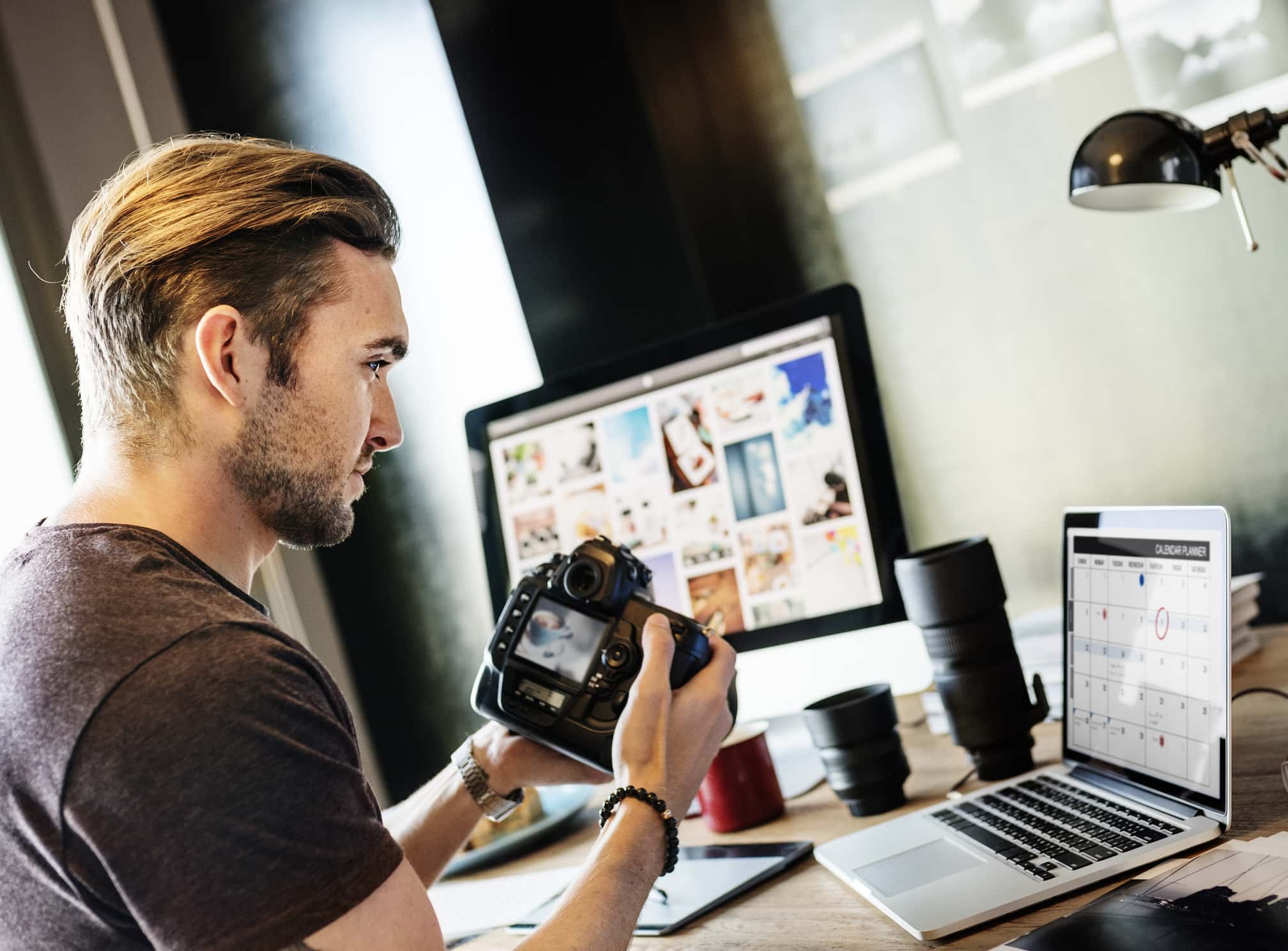
Let's make no bones about it - starting a photography business is hard work.
Luckily, there are some things you can do as a prospective professional photographer to make your journey to success one that's shorter.
I've thought long and hard about this and have come up with three ideas that are proven methods for getting your business off the ground with success.
The key word here is proven.
These ideas aren't my opinion. They aren't some crazy flash-in-the-pan notions, either.
Each method I outline below has been tried and tested and will help you build a more successful photography business.
Let's get started!
Focus on You, Not Everyone Else
It can be hard not to look at what other photographers are doing - the style of their photos, the way they market their services, even the type of gear they use - and want to do the same thing.
But at the end of the day, you aren't in business for them, you're in business for you. And that means having knowledge, skills, and goals that might be vastly different from everyone else.
And that's okay!
By focusing on developing your knowledge and skills, by working towards your personal and professional goals, and my bearing your financial situation (and goals) in mind, you'll end up being much more successful in the short and the long term.

What's more, it's prudent to focus on your specific strengths as both a photographer and a businessperson.
For example, if you've got a knack for working with kids, make that your primary business. Go with what you know!
And guess what?
Those things you don't do so well can be hired out to other people.
That doesn't mean you need to hire a giant support staff to do every little thing, but, for example, having an accountant work on your books might not be a bad plan if you aren't good with numbers.
Learn More:
It's All About the Sale (Almost)

Sure, being a professional photographer depends on a healthy dose of photography know-how. If you can't take a beautiful photo, making a go of a photography business will be next to impossible.
But what some people don't realize is that being a photographer isn't just about being good with a camera.
In fact, you can be the best photographer on earth, but if you don't know how to market your products and services and actually sell those products and services, your business will go under before you know it.

The question is, are you confident in your ability to market and sell?
If the answer is no - and, actually, if your answer was a hesitant yes - the best thing you can do is learn how to become a better salesperson.
That doesn't mean you need to enroll in business school, either.
You can learn a thing or two about sales by watching YouTube videos or reading some great marketing books.
The point is that to ensure your photography business is a success, you need to be good at both photography and business!
Learn More:
Consider a Franchise
As someone that set out on my own, I understand the lure of being your own boss.
But what I didn't realize (and many other people, for that matter) is that being your own boss means that it's just you, out there in the world, trying to make it on your own.
For some photographers, that's the best option. But for most of us, it just means having to work harder, work longer hours, and deal with a lot more stress to get the business off the ground and running.
That's why if I had to do it all over again, I'd opt for joining a photography franchise like PortraitEFX.

Sure, you give up a little freedom to do whatever you want, but what you get in return is certainly worth it.
For starters, you hit the ground running with a proven franchise in your corner. There's no worry about building a marketing scheme or hiring people to help you promote your business. With a franchise, that's just part of the deal.
What's more, you don't have to worry about other photographers having a better skill set than you or a deeper knowledge base.
When you join a franchise like PortraitEFX, you get training in both photography and business practices so you have all the knowledge you need to be successful, whether that's taking photos of weddings, kids' sporting events, school portraits, special events, or something in between.
That's an interesting concept because not only does that mean less wasted time on your part trying to figure things out on your own, but it also means that you can start making money faster because you'll develop the skills you need sooner rather than later.
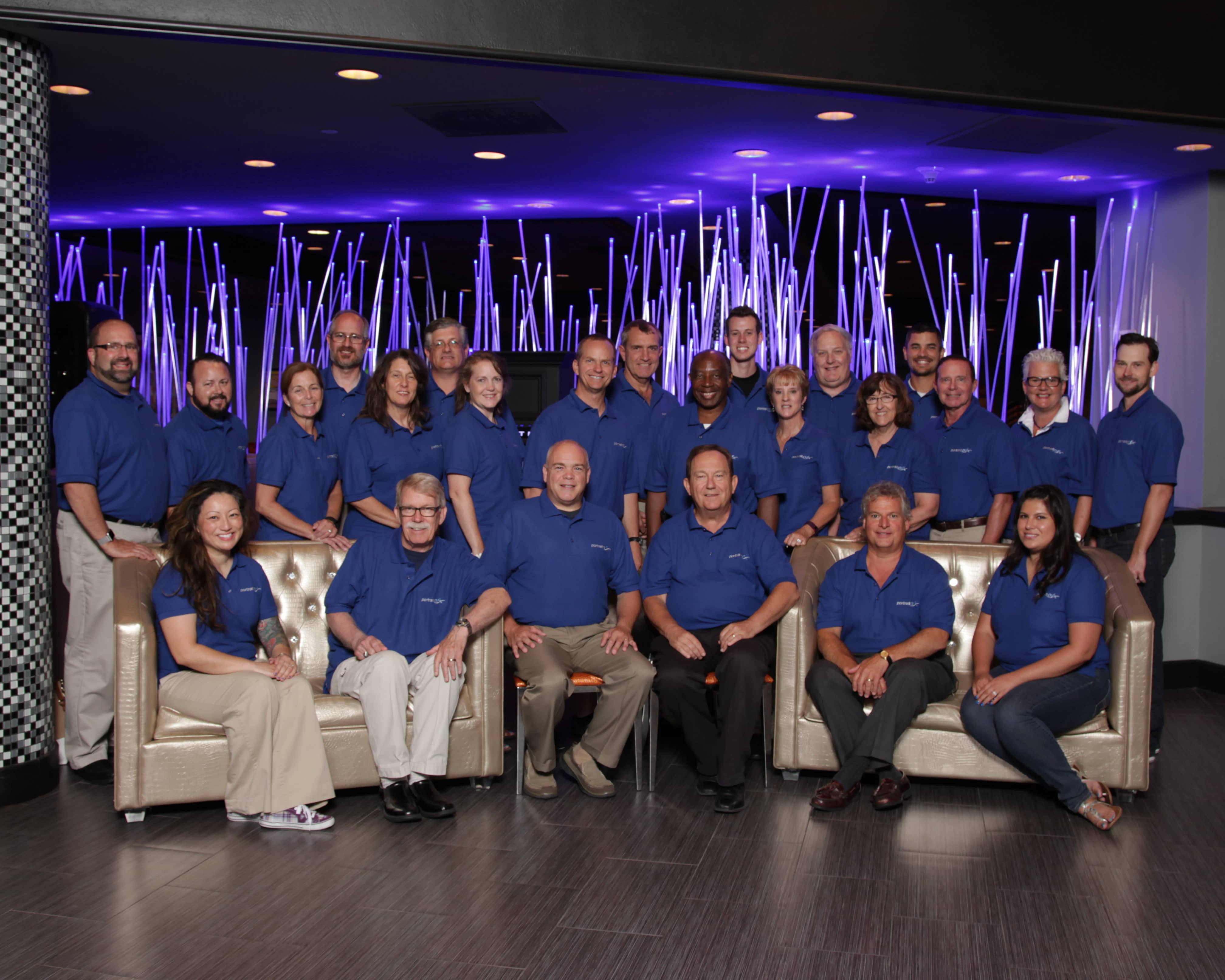
And the best part?
With a franchise, you get support for the long haul. That includes educational opportunities to stay up-to-date on photography best practices, assistance and insights for running the business side of things, and guidance from a dedicated and experienced management team that's invested in your success.
From software that streamlines post-processing to a proven e-commerce website to feedback from mentors that critique your work, PortraitEFX leaves no stone unturned to ensure you're successful in your business endeavors.
In other words, if success is what you're after and you don't want to go it alone, get in touch with PortraitEFX to see how a franchise system can work for you.
Learn More:
- A Photography Franchise vs. "Going It Alone" for Starting a Photography Business
- FAQs About Photography Franchises
We Recommend
How to Create Minimalist Portraits
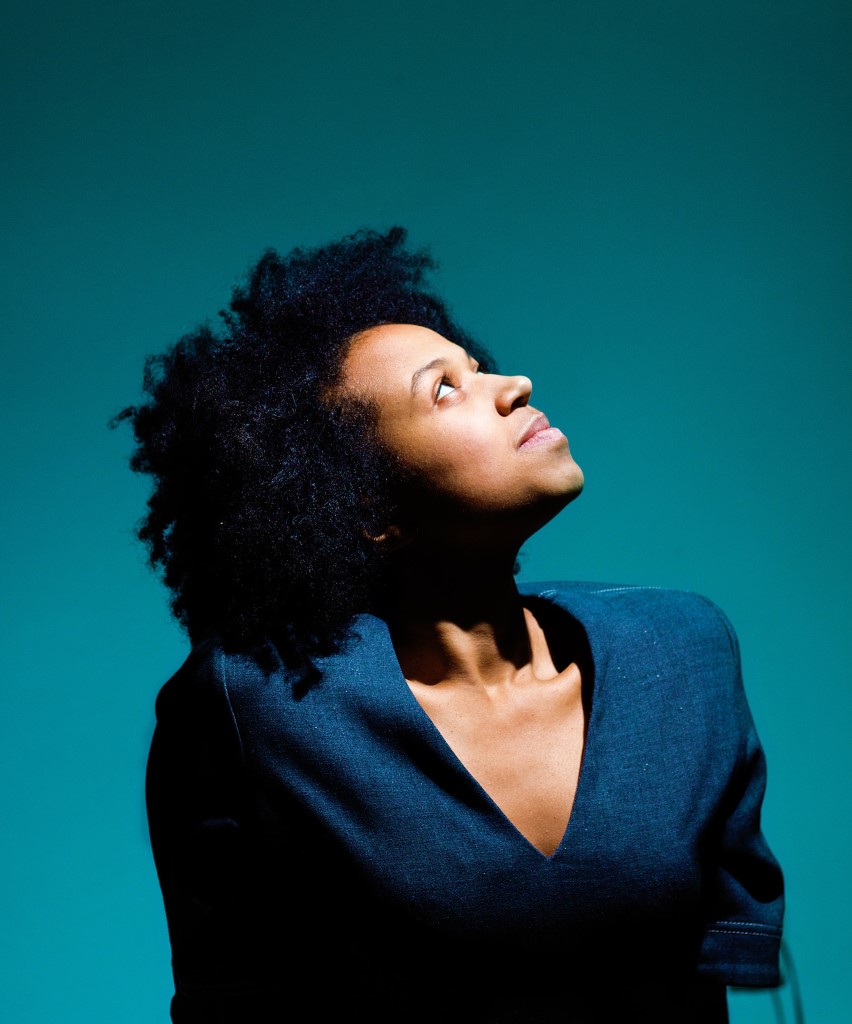
Photo by Tony James-Andersson from Pexels
A minimalist portrait can be a beautiful image. Though relatively simple to accomplish, making minimalist portraits does require some effort to do correctly.
Portrait photography is full of possibilities and potential pitfalls. Some of the most common pitfalls include distracting elements, distracting backgrounds, and poor lighting or exposure.
A minimalist portrait is exemplified by what’s not in the portrait as much as what is in it. Certain portrait photography techniques lend themselves naturally to minimalist portraits. Let’s look at a few.
Selective Focus
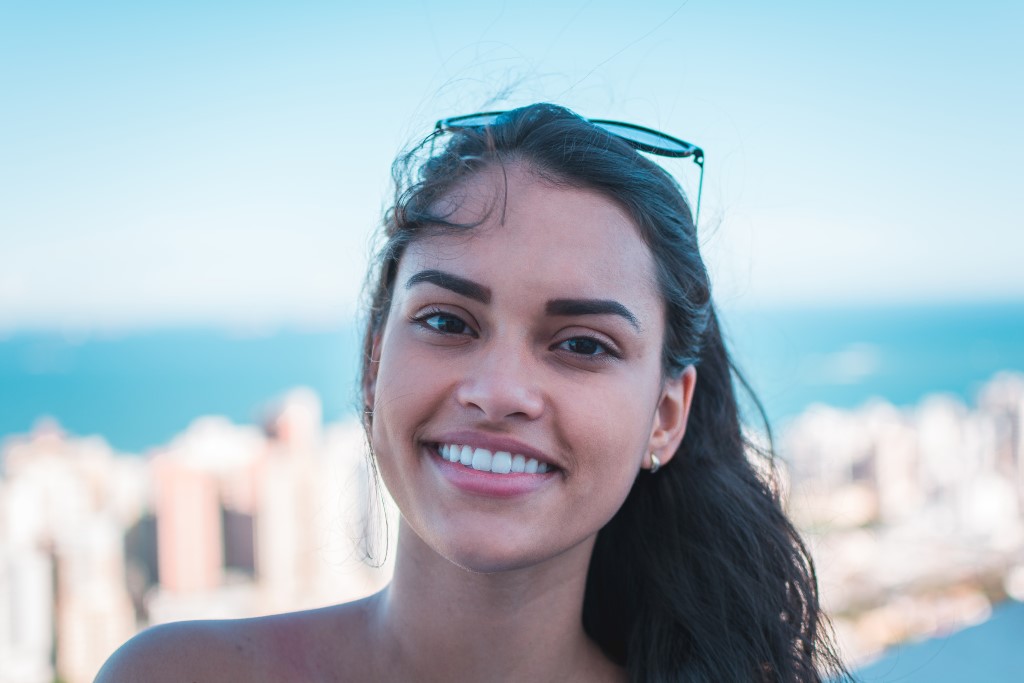
Photo by Daniel Xavier from Pexels
A good portrait captures the viewer’s attention and leaves them wanting more. One of the best portrait photography tips that helps us accomplish that is selective focus. Selective focus is where the intended subject is all that’s sharply in focus with everything else being at least somewhat out of focus.
You may have also heard of another term related to selective focus, bokeh. Bokeh is the aesthetic quality of out of focus parts of the image, particularly the highlights or points of light. A lens with pleasing bokeh will render these bright spots as a sort of background that is perfect for minimalist portraits.
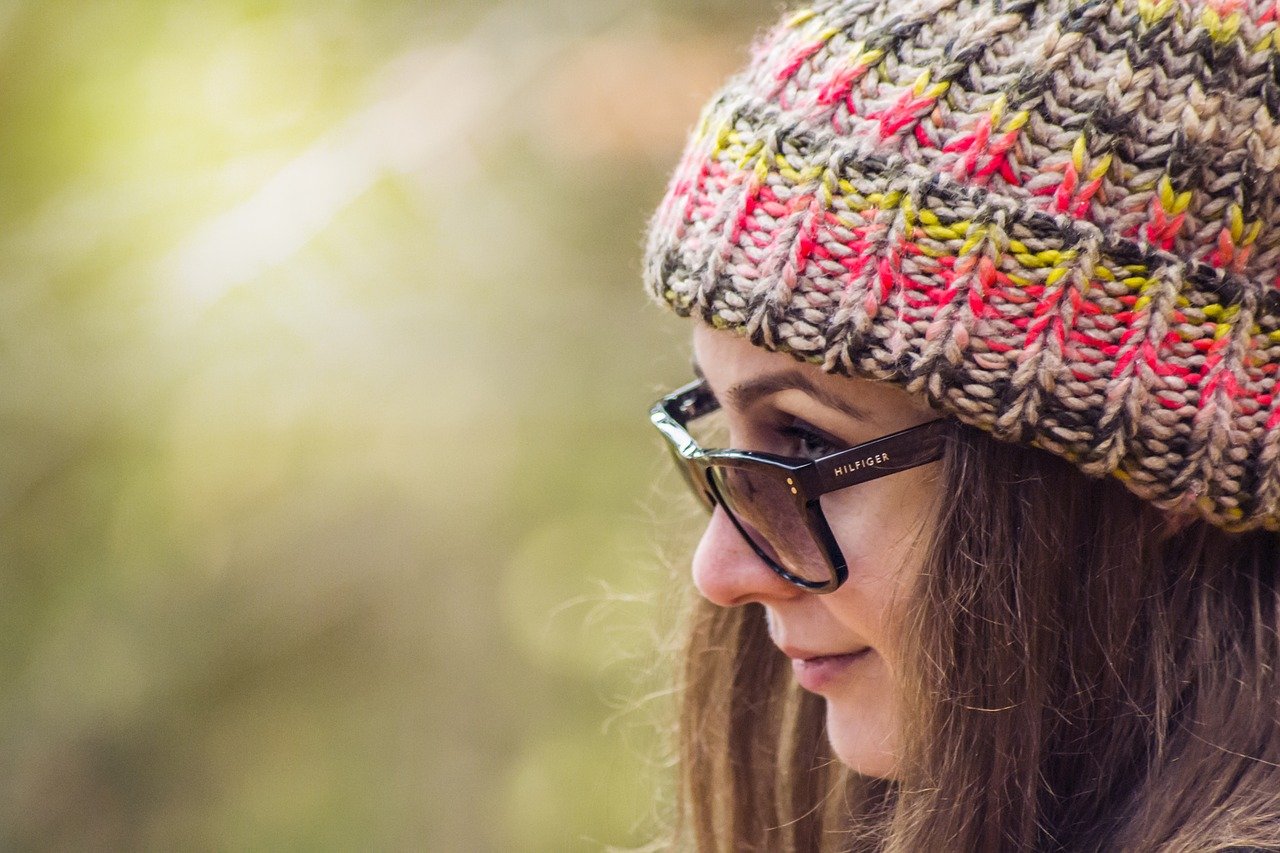
Image by Ömer Kurt from Pixabay
Bokeh can also refer to darker out-of-focus elements, but those aren’t nearly as noticeable as the bright spots. They can still be an important part of what goes into a minimalist portrait.
You can achieve selective focus by several means. First and foremost is choosing a wide-open aperture or f-stop. The wider the aperture, the narrower the depth of field. Using a short telephoto lens helps out as well. Getting physically closer to the subject also creates less depth of field.
Doing all three of those things at once will virtually guarantee effective selective focus. This technique will separate your portrait subject from the background for a great minimalist portrait.
Recommended Portrait Lighting Books:
- Picture Perfect Lighting: An Innovative Lighting System for Photographing People
- The Dramatic Portrait: The Art of Crafting Light and Shadow
- Portrait Photography: From Snapshots to Great Shots
Light Your Subject Properly
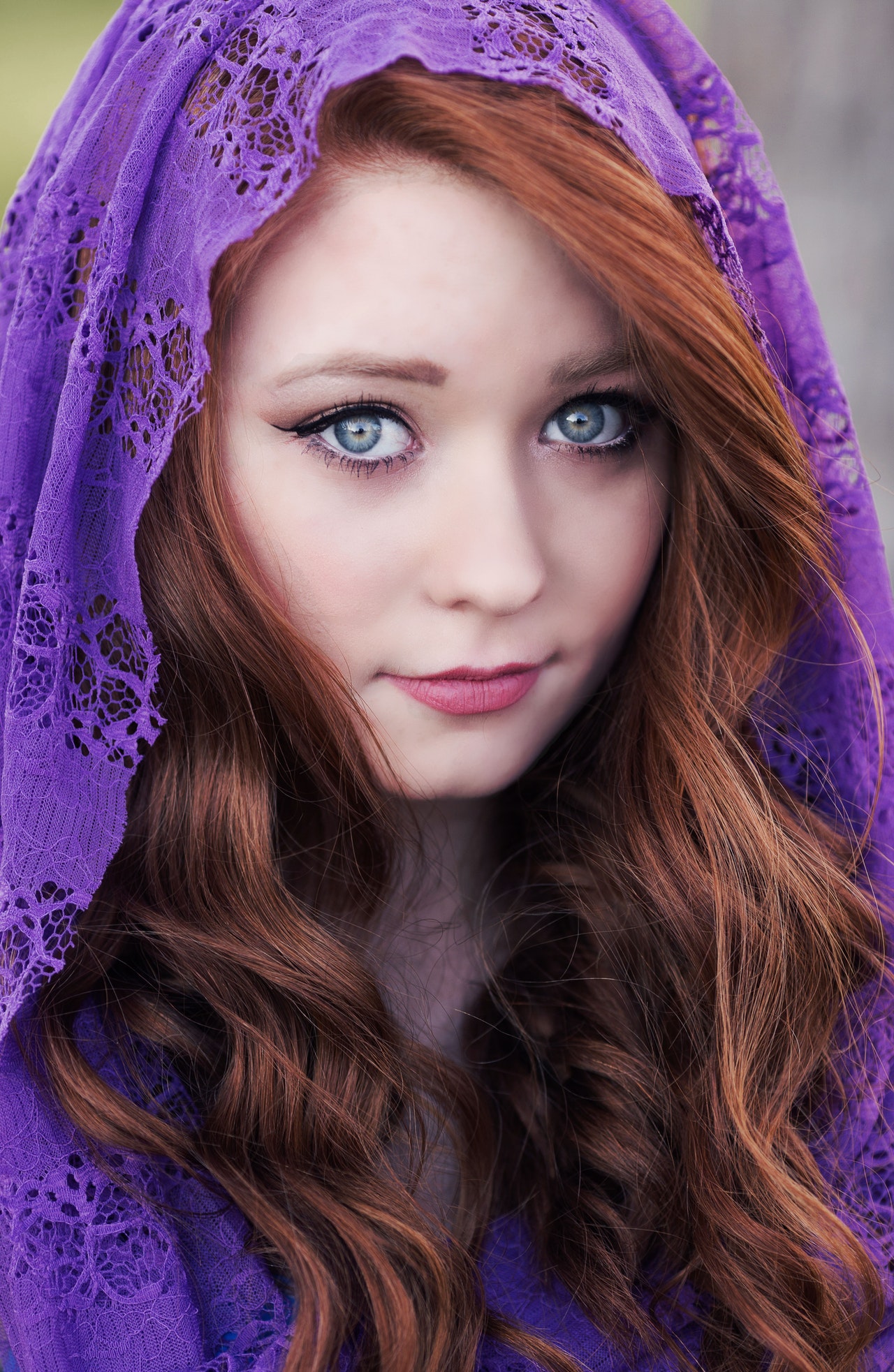
Choosing the right lighting technique can go a long way towards making great minimalist portraits. Some lighting techniques that will help make minimalist portraits include split lighting, loop lighting, Rembrandt lighting, and rim lighting.
One of the best things about these portrait lighting techniques is that they can all be set up with a single light. A portable, battery powered LED light like the Hakutatz Pocket size RGB LED Light is an excellent choice for minimalist portraiture.

The Hakutatz LED light is a good choice for minimalist portraits for several reasons. Some of the reasons include the multiple color capabilities and the fact that it can be used with smartphones and virtually any other type of camera.
Learn More:
Expose for High Key or Low Key
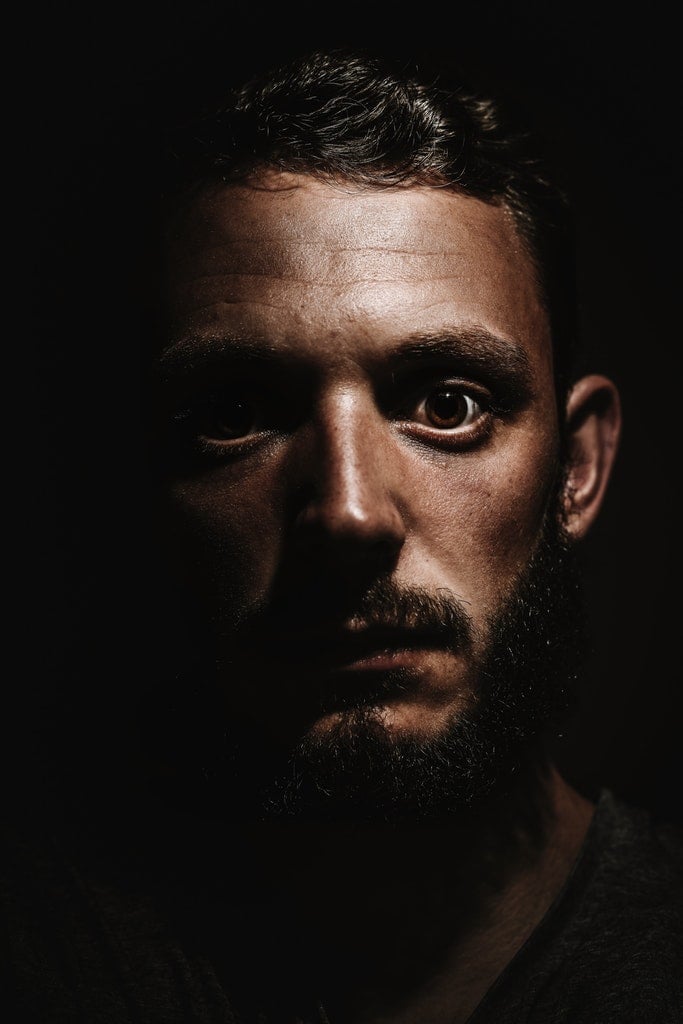
Photo by Alex Andrews from Pexels
In high key photography, the majority of the image is brightly lit, in low key, the opposite is true. While this can be made easier by proper lighting, these are actually exposure techniques more than anything else.
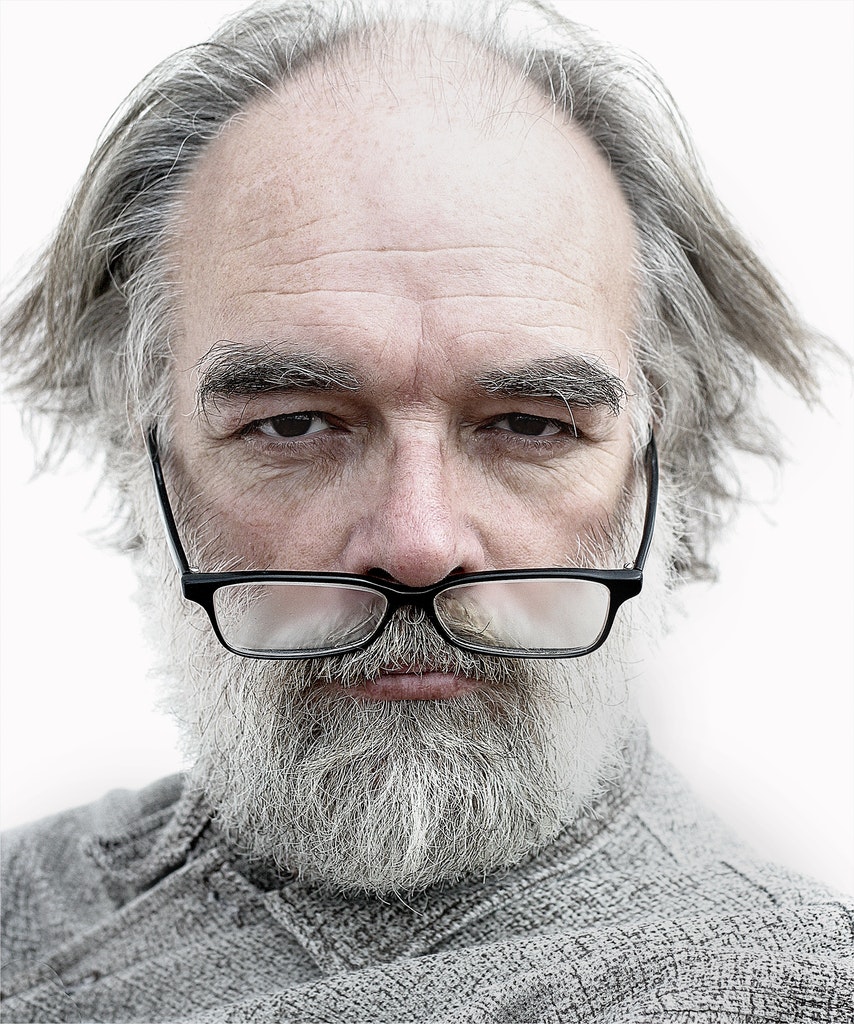
Photo by Rene Asmussen from Pexels
For high key photography, you expose for the shadows, letting the highlights build up. With low key photography, you expose for the highlights, letting the shadows bunch up.
Both of these exposure techniques are perfect for minimalist portraiture. The highlights or shadows effectively isolate the subject for a minimalist portrait.
Concentrate On a Single Color

You can do this in several different ways. Using a single color backdrop is an effective method for creating portrait photography that capitalizes on a simple color theme.
If you don’t actually have different color backgrounds, you can make them with colored lights. The Hakutatz LED light can be set to emit any number of different colors. So, if your subject is wearing red hues, light up the background with a red glow.
In addition to the colored light, exposing for high key or low key are other methods for capturing variation in the minimalist portrait.
Keep Extra Elements Simple
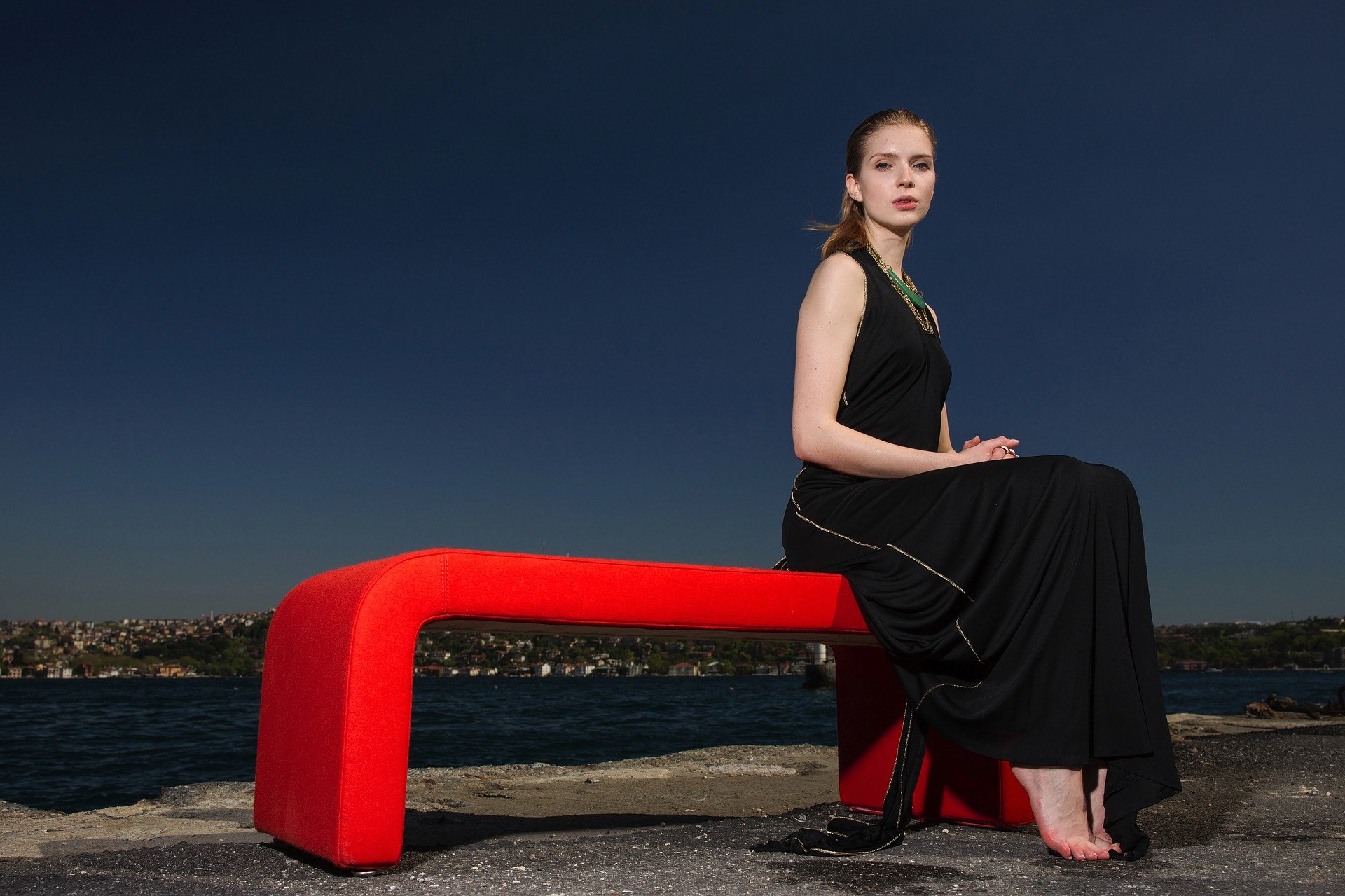
Image by Engin_Akyurt from Pixabay
A basic portrait technique for any style of portraiture is to keep any extra things in the image simple. In other words, instead of an ornate chair, use a simple wooden chair. Instead of an elaborate costume, have them wear a simple dress.
There’s nothing wrong with adding other or more complicated visual elements to our portraits, but if we decide on that, then we’re no longer shooting a minimalist portrait.
Edit As Black and White
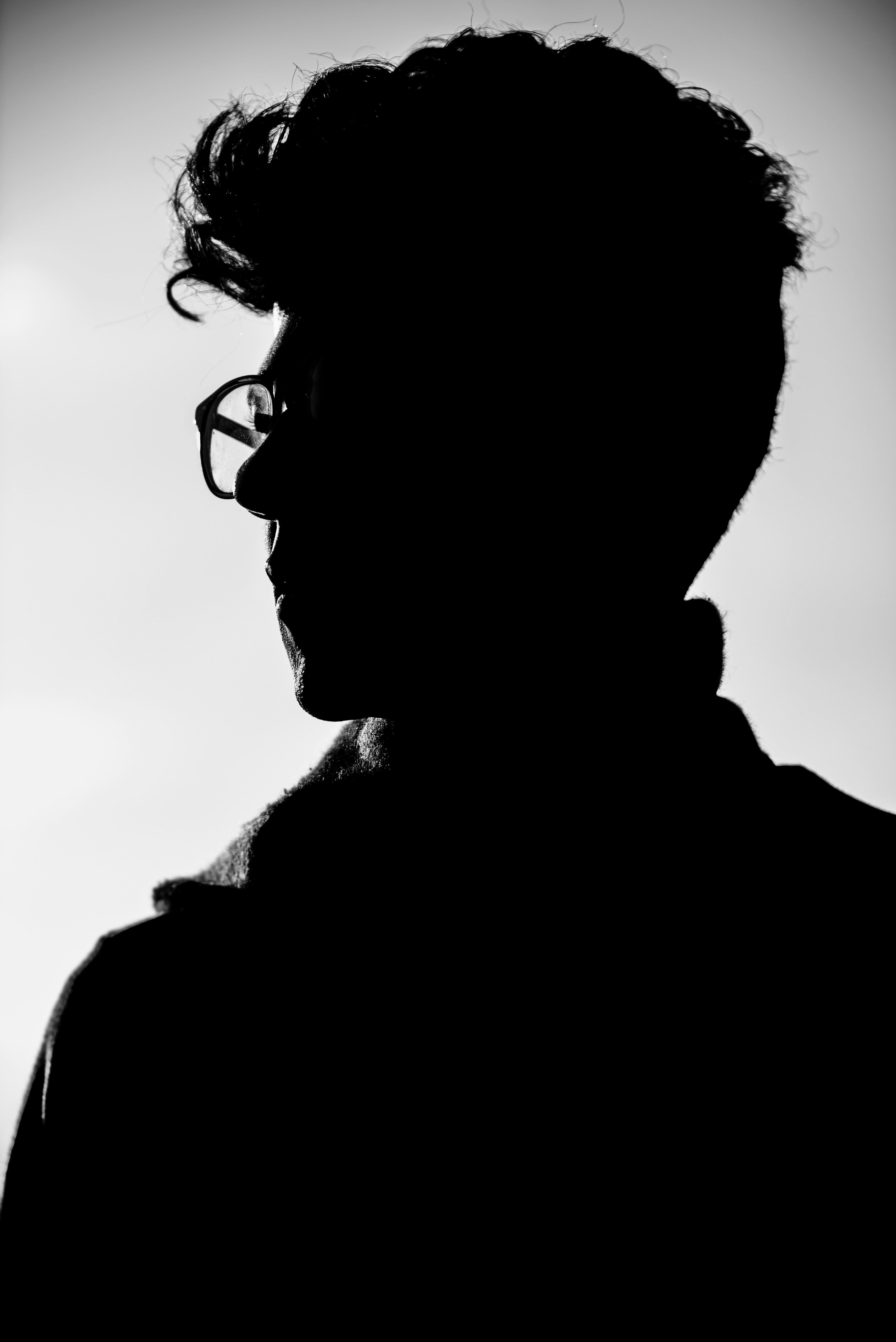
Photo by mohamed Abdelgaffar from Pexels
If you’ve done several of these other methods, a final technique that yields truly minimalist imagery is using a post processing program to convert your image to B&W.
This works especially well with high key and low key exposure techniques. A black and white portrait calls to mind a time period when everything seemed more simple, less hectic. Provide your portrait subject with a Black & White picture and they will likely wax nostalgic about your awesome picture.
It Doesn’t Have to Be Complicated

Photo by mentatdgt from Pexels
It doesn’t have to be complicated to make a minimalist portrait. All it really takes is creative focus, exposure, and lighting techniques. Taking a little extra effort to ensure an uncomplicated photo, your portraits will stand out as interesting and desirable.
Learn More:
We Recommend
One-Light Portrait Lighting Tips
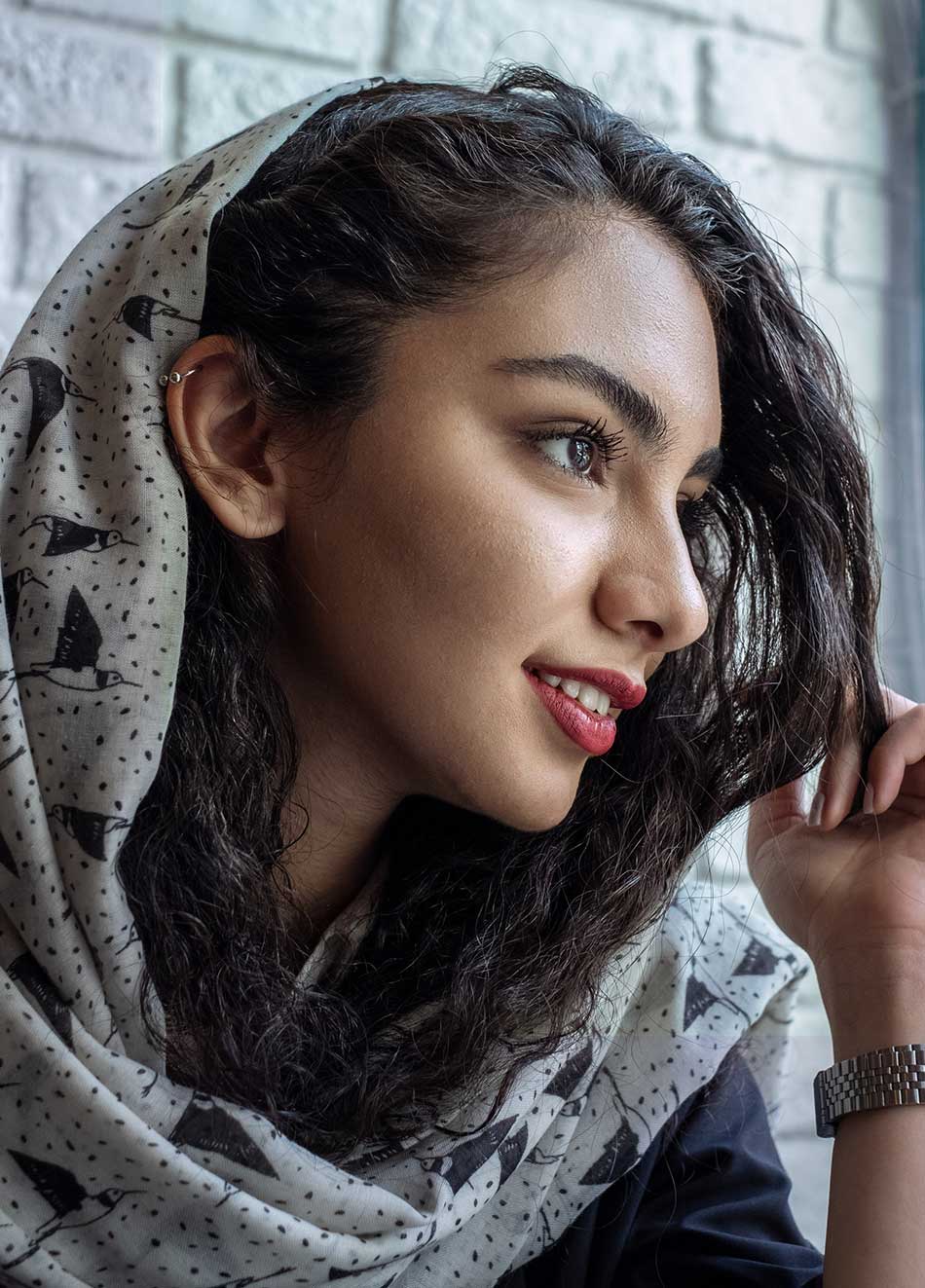
Photo by Omid Armin on Unsplash
You know the lighting configurations for various portrait lighting techniques already if you’ve been following our article for a while. Let’s now go over some helpful one-light portrait lighting tips and best practices, along with some information you can apply in general.
One-light portrait lighting can actually be done with multiple light “sources” such as a light and a reflector, a light and window light, or as a fill or main source outdoors in direct or indirect sunlight.
Get a Versatile Light
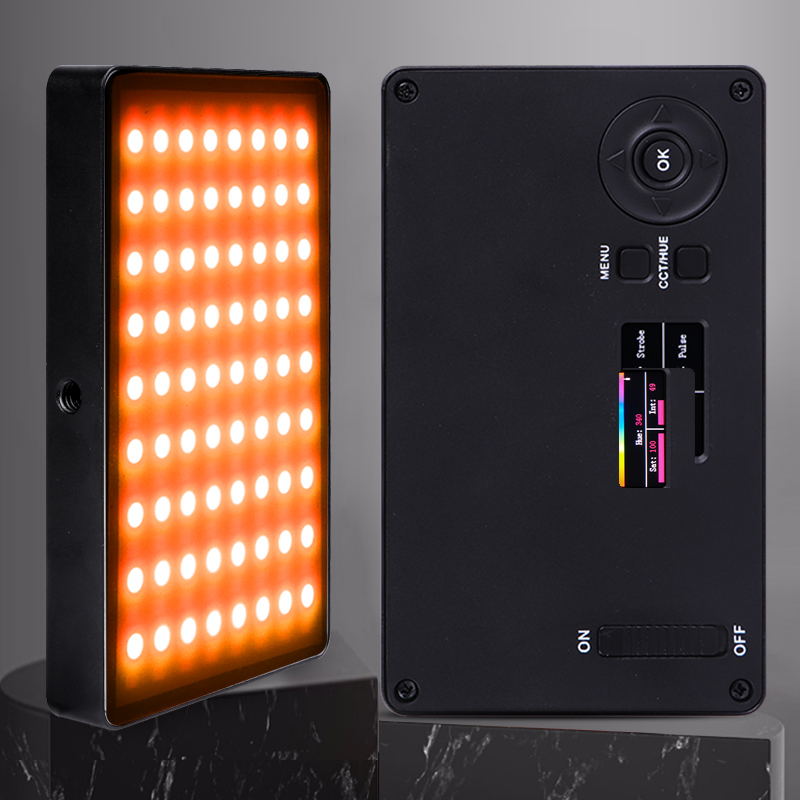
Learning how to light a portrait with one light is incredibly simple when your one light is a multi-purpose light. One of the best new multipurpose lights I’ve enjoyed using the last few months is the Hakutatz Pocket Size LED light.
What I like about this light is its portability coupled with high quality and good features. It’s not enough to have a portable light to use for your portraits, that portable light also needs to be usable and durable.
The Hakutatz has a lot of versatile features that you can use in your portrait work. Being small and portable means to me that it can be used anywhere.
Eye Level or Higher
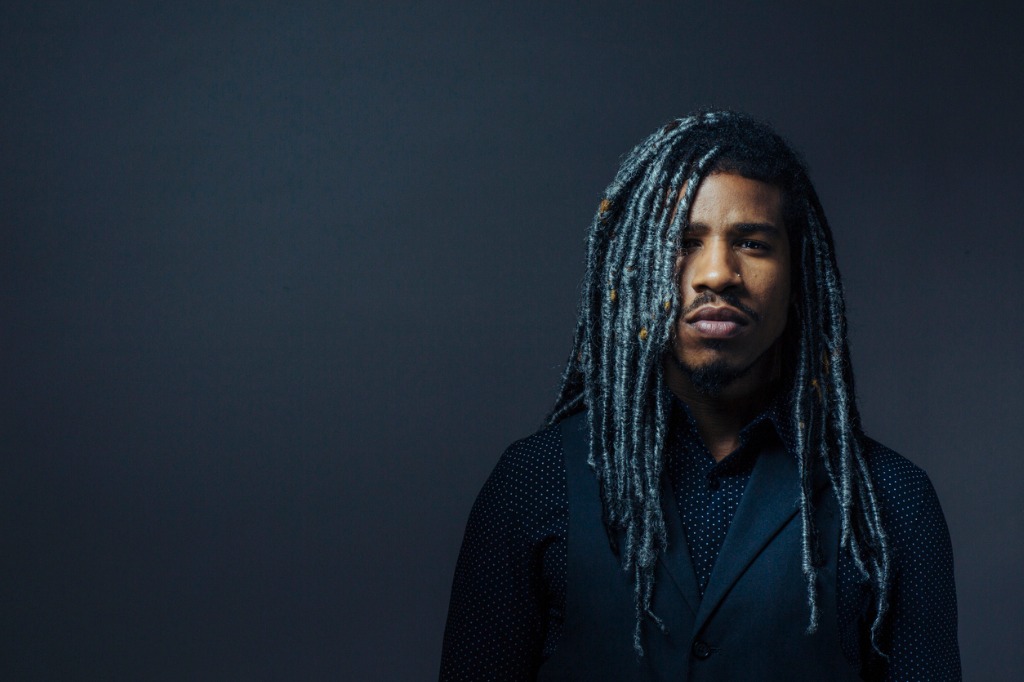
photo byCarlosDavid.org via iStock
Light position for one-light portrait lighting is very important, too high or too low of the light placement can make the portrait either look a little bit odd or it can totally ruin what you’re trying to accomplish.
If you look at diagrams of how to light a portrait with one light, you’ll often see the angle of the light relative to the camera and subject, but it might not be completely obvious how high to put it. A little bit above eye level to about 45 degrees up seems to work best with many portrait lighting techniques.
Use Reflectors
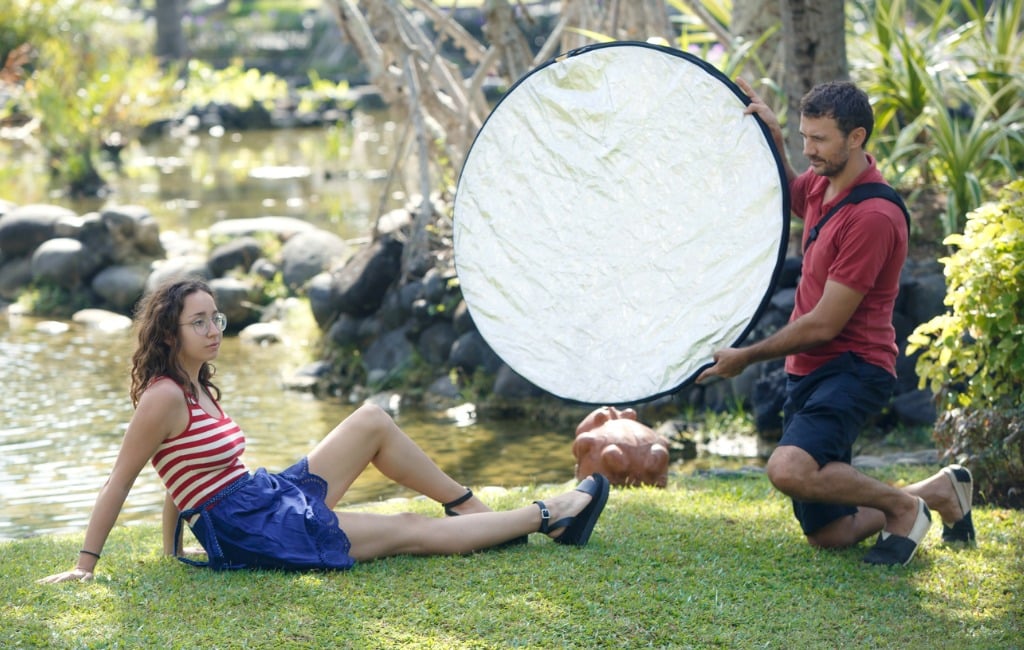
photo bySpace_Cat via iStock
When looking at portrait lighting tips, we do well to think about reflectors. With reflectors, we can essentially double our lights. We use reflectors all the time to tame and redirect sunlight, those same properties are usable with one-light portrait lighting configurations.
Especially consider reflectors to provide that eye catch light that works so well with many portrait lighting techniques. A reflector can often open the shadows caused by the position of our single light.
Supplement Sunlight or Window Light
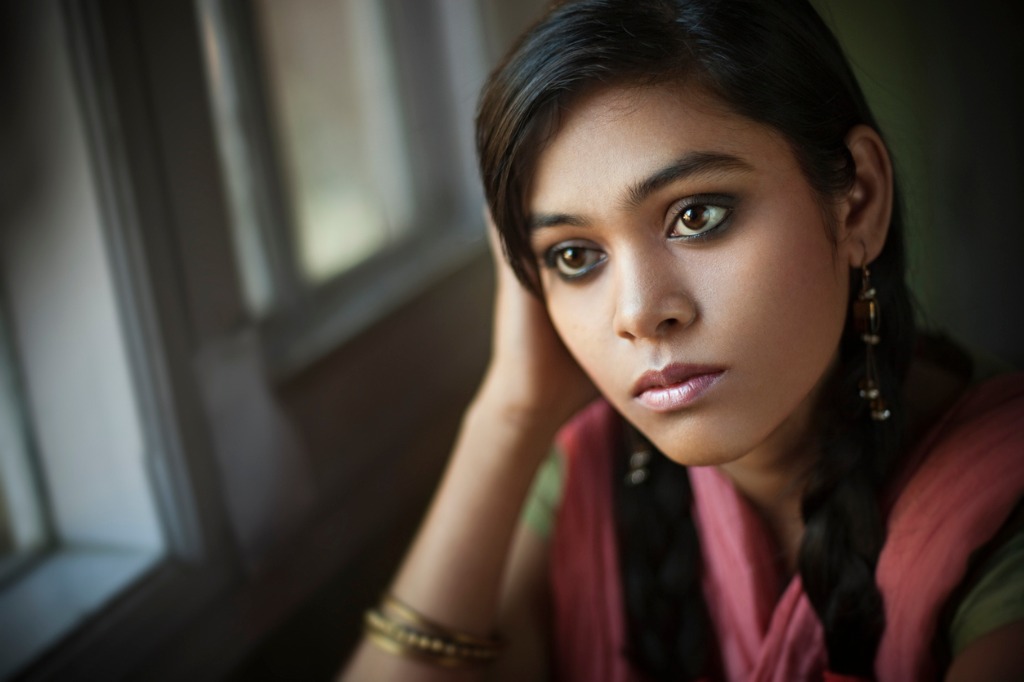
photo bygawrav via iStock
Sometimes, our single light takes on the role of the secondary light, such as when shooting environmental portraits with strong window light or when outside in sunlight.
In this situation, position the light where we may have been thinking of putting a reflector. Using the light instead, we can adjust the brightness level and even vary the color to make it appear very natural.
Learn More:
Further Away Is Harder
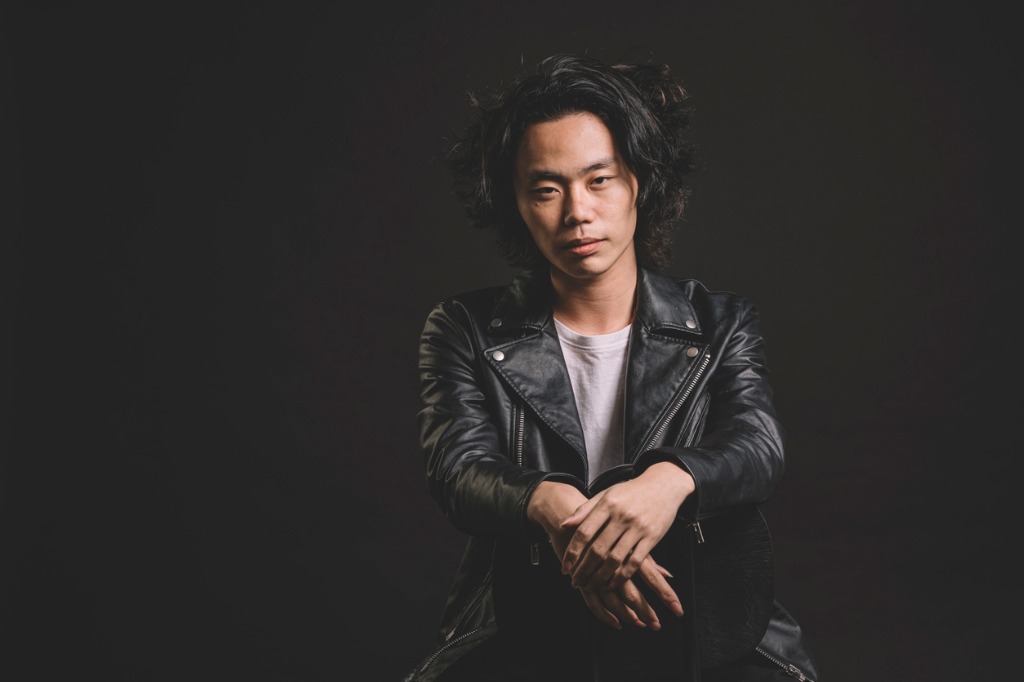
photo bychee gin tan via iStock
One of the things that makes a light source hard or soft is how far away it is. The closer a light is, the softer the light and the further it is, the harder. Which is why direct sunlight is a hard light because the Sun is a point light source.
If you have a bright portable light that you’re using as your single light source, vary the placement of it to change it from a hard light to a softer light. Some portrait subjects look better with hard light and very defined shadows.
Spot Metering Is Your Friend

photo byperkmeup via iStock
When playing around with one-light portrait lighting, light and shadow and contrast ranges are often at the top of our thoughts. The metering required for proper exposure is important to get right, so I like to use the spot metering capabilities of the camera I’m using.
Averaging and matrix or evaluative metering patterns can’t always cope with the scenes lit by a single light, at least not completely. Spot metering takes care of that problem. Some cameras allow you to take several spot readings and add them together for an accurate exposure.
Tone Down Background Highlights
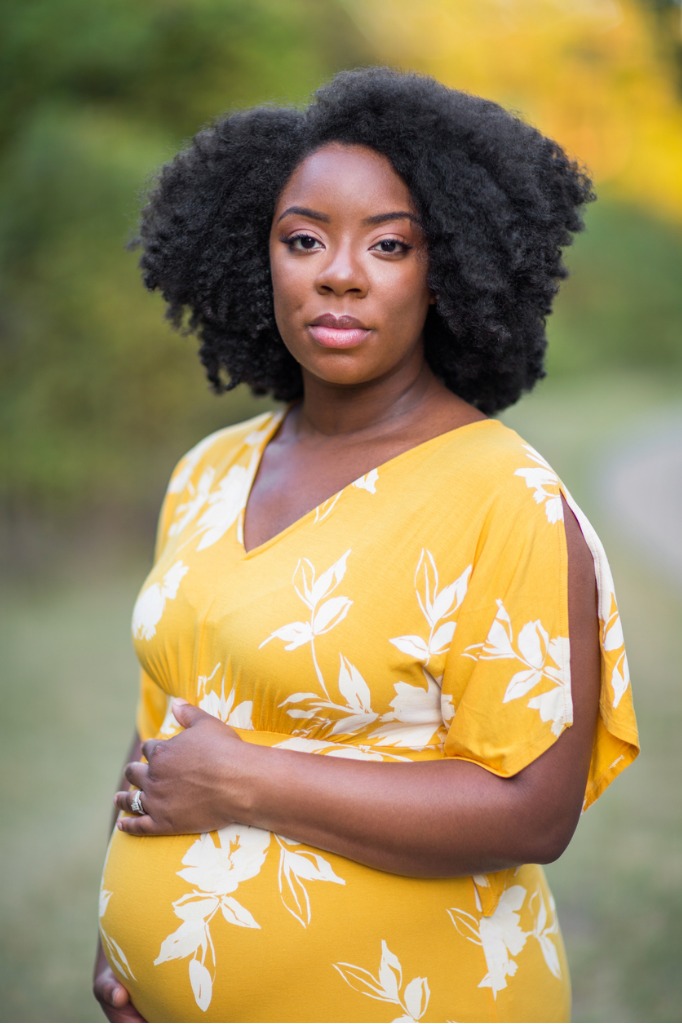
photo bydigitalskillet via iStock
Since you’re using your spot meter, take note of the hot spots in the background behind the portrait subject. If they are too bright or too defined, these hot spots could be distracting. A simple approach to fix this issue is to move your camera position in order to remove them from view.
Another option is to turn up the brightness of your single light. Doesn’t always work out if the background spots are extremely bright, though. Another option is to dodge and burn in post processing.
Barn Doors and Lens Hoods
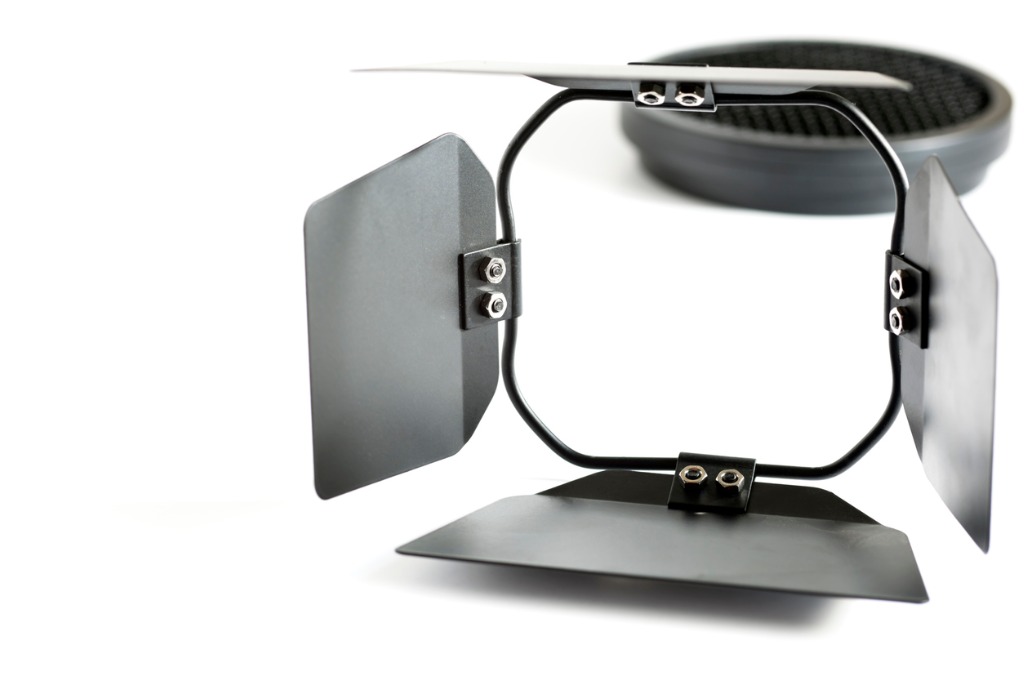
photo byneilkendallvia iStock
Using one-light portrait lighting may cause lens flare depending on where the light needs to be placed for our lighting technique. Barn doors on the light or a lens hood on the lens can help eliminate light spillage which causes flare.
Even if you don’t see the flare, it can still affect the image by lowering contrast in the image. Barn doors control light from the lamp, lens hoods block light coming at it from the side angles.
COLOR TEMPERATURE
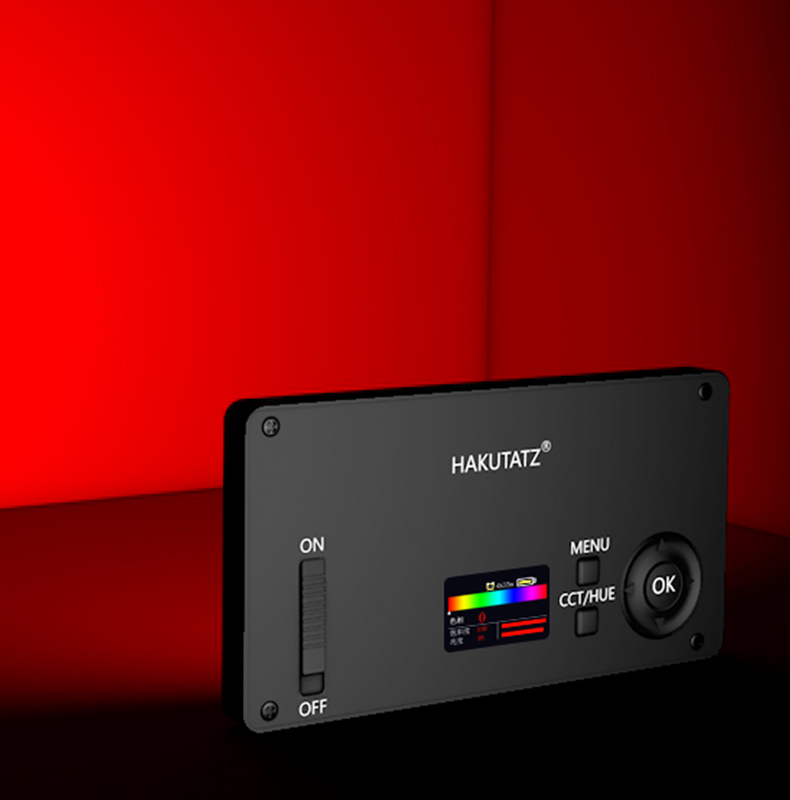
If your one-light portrait lighting lamp has the capability to adjust color temperature, use that feature to balance out when using it to mix with sunlight window light or for balancing out your image.
The Hakutatz LED light can be adjusted in color temp and brightness level from your smartphone, so you can get what you want to have happen from the camera position without physically touching the light, useful for when you have the light mounted out of arm’s reach.
One-Light Portrait Lighting Tips
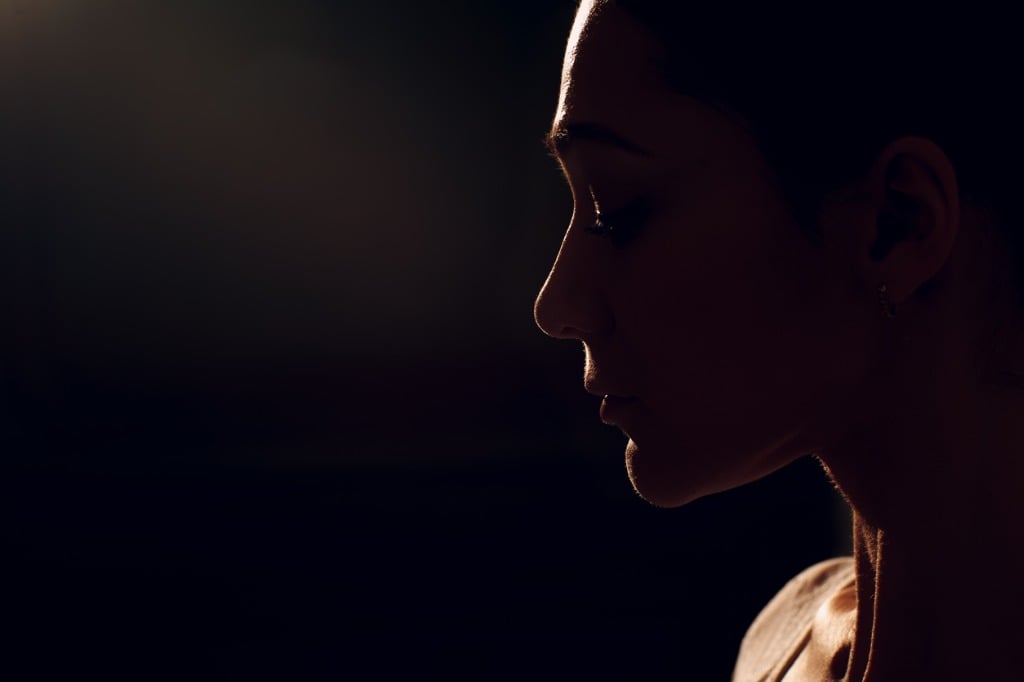
photo byprimipil via iStock
These tips should help you fine tune your own techniques and skills, resulting in great looking portraits that you are completely in control of, from start to finish. Grab your favorite light and start shooting.
Learn More:



